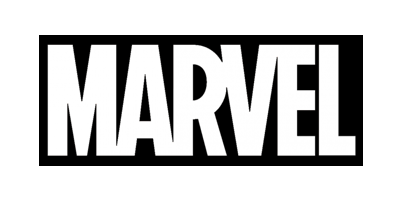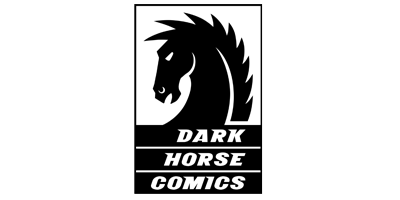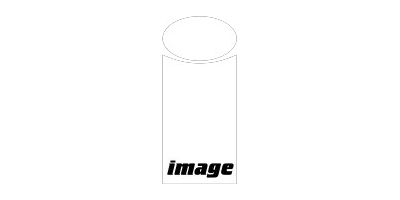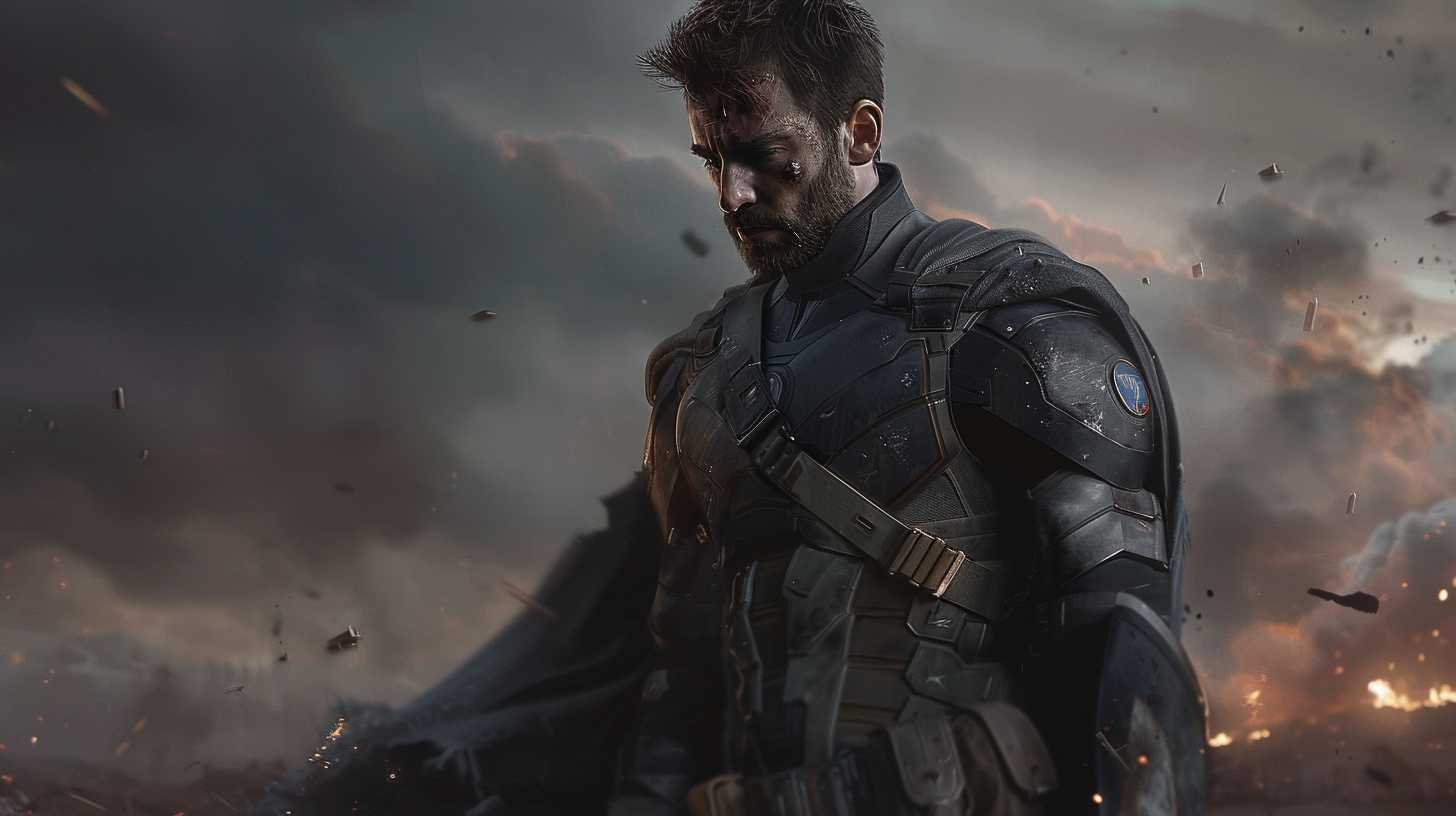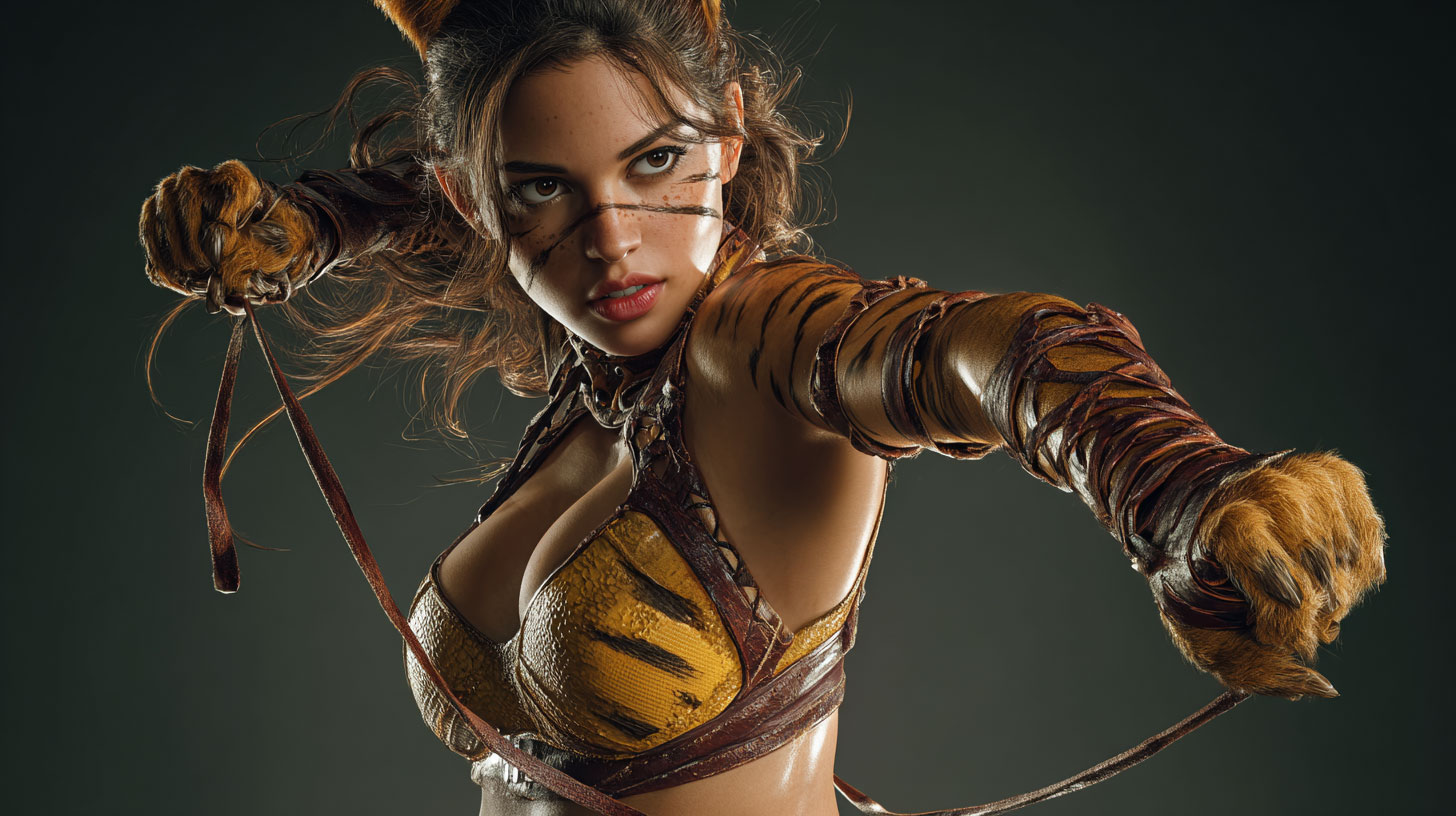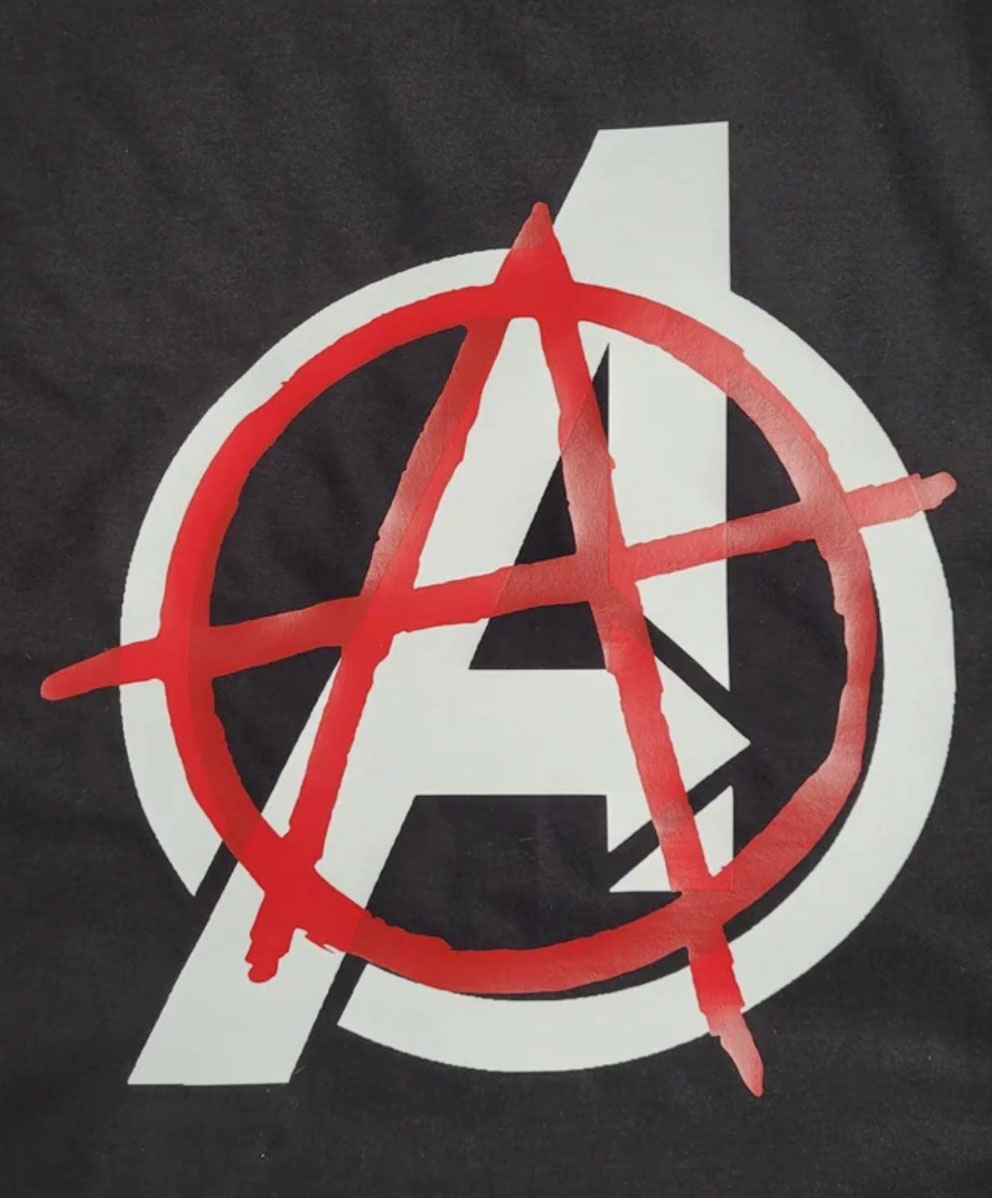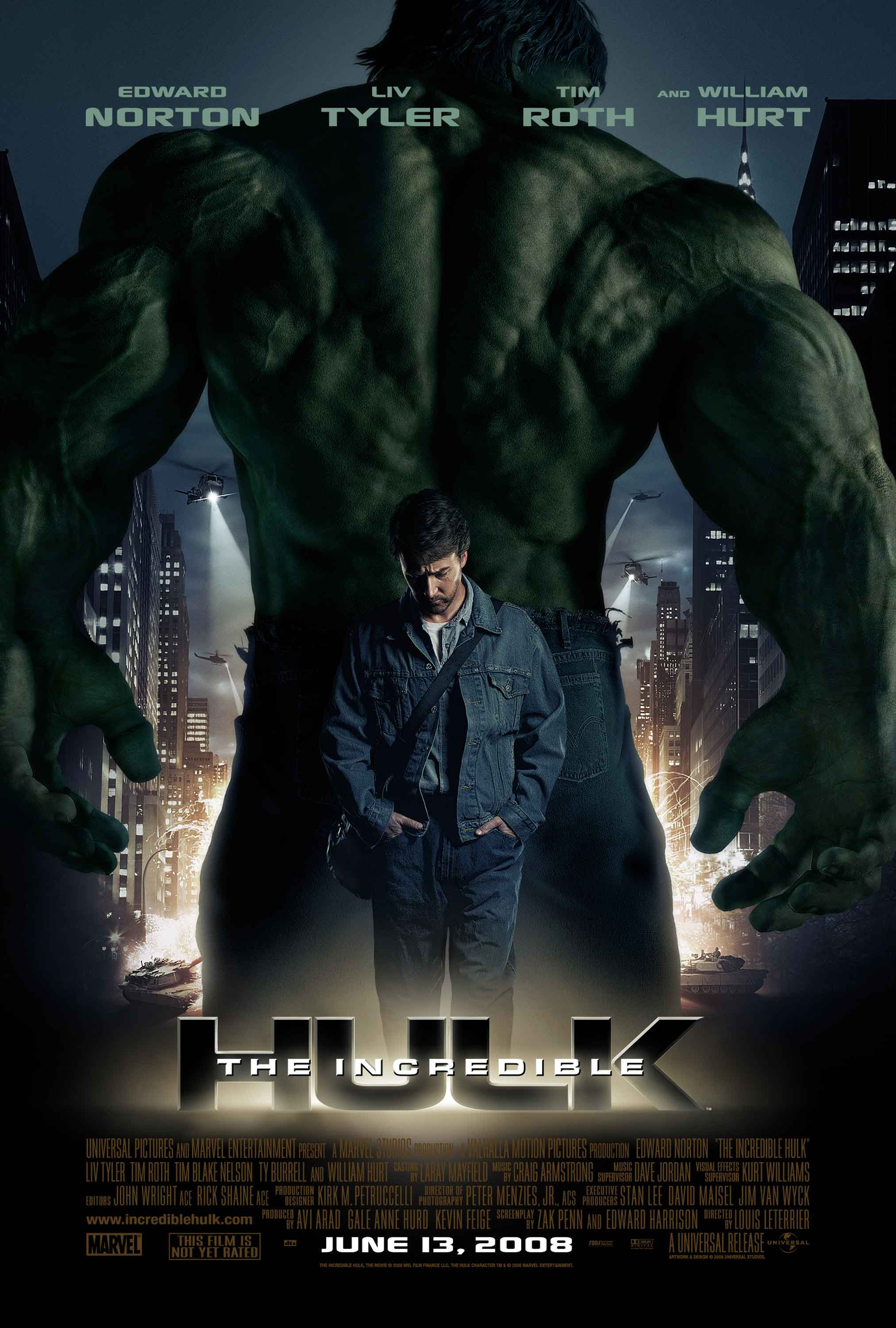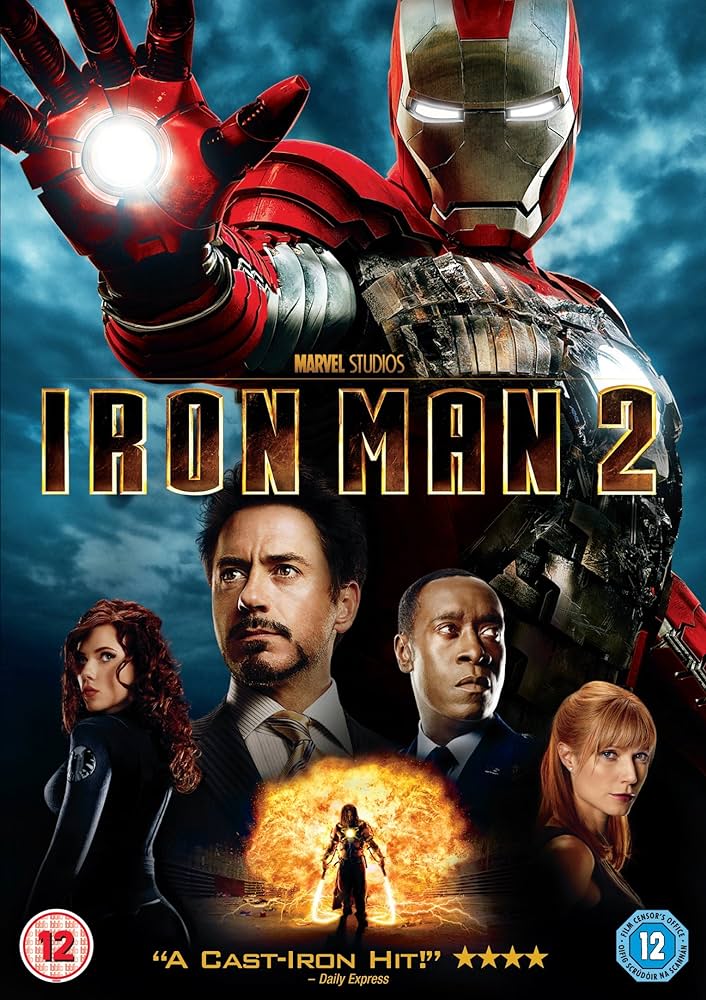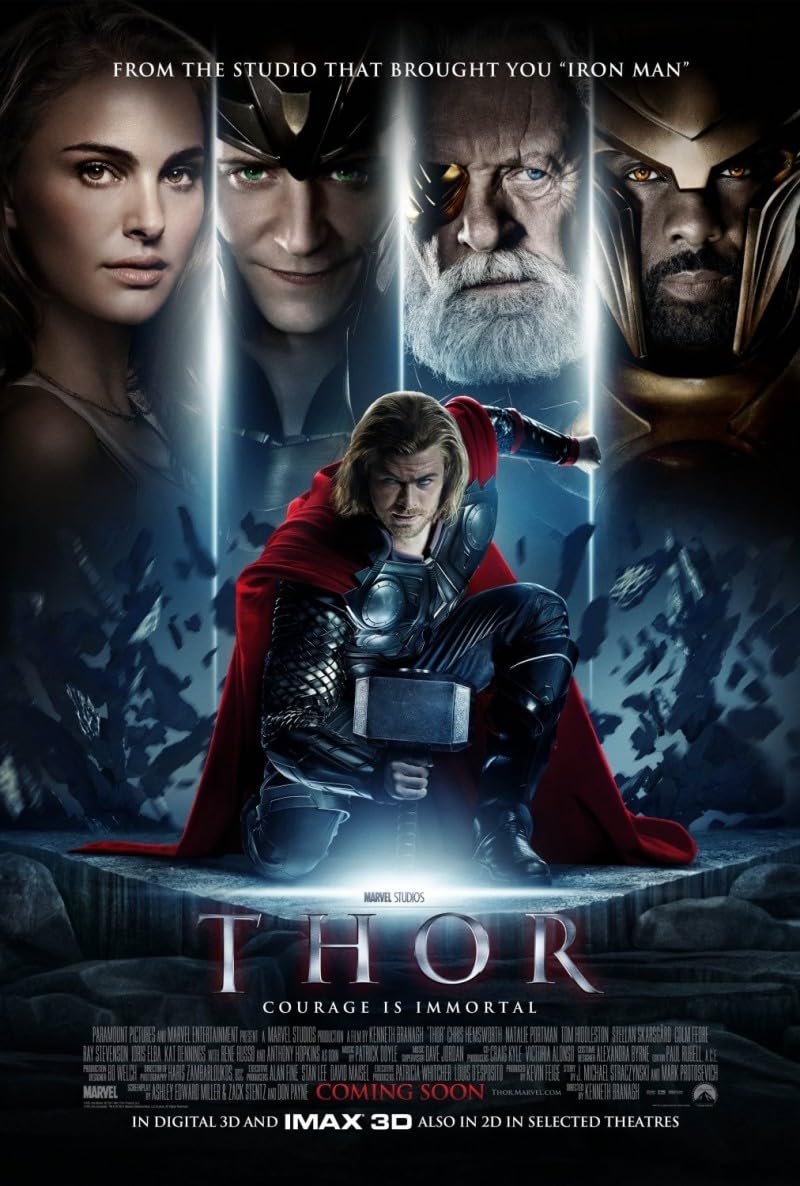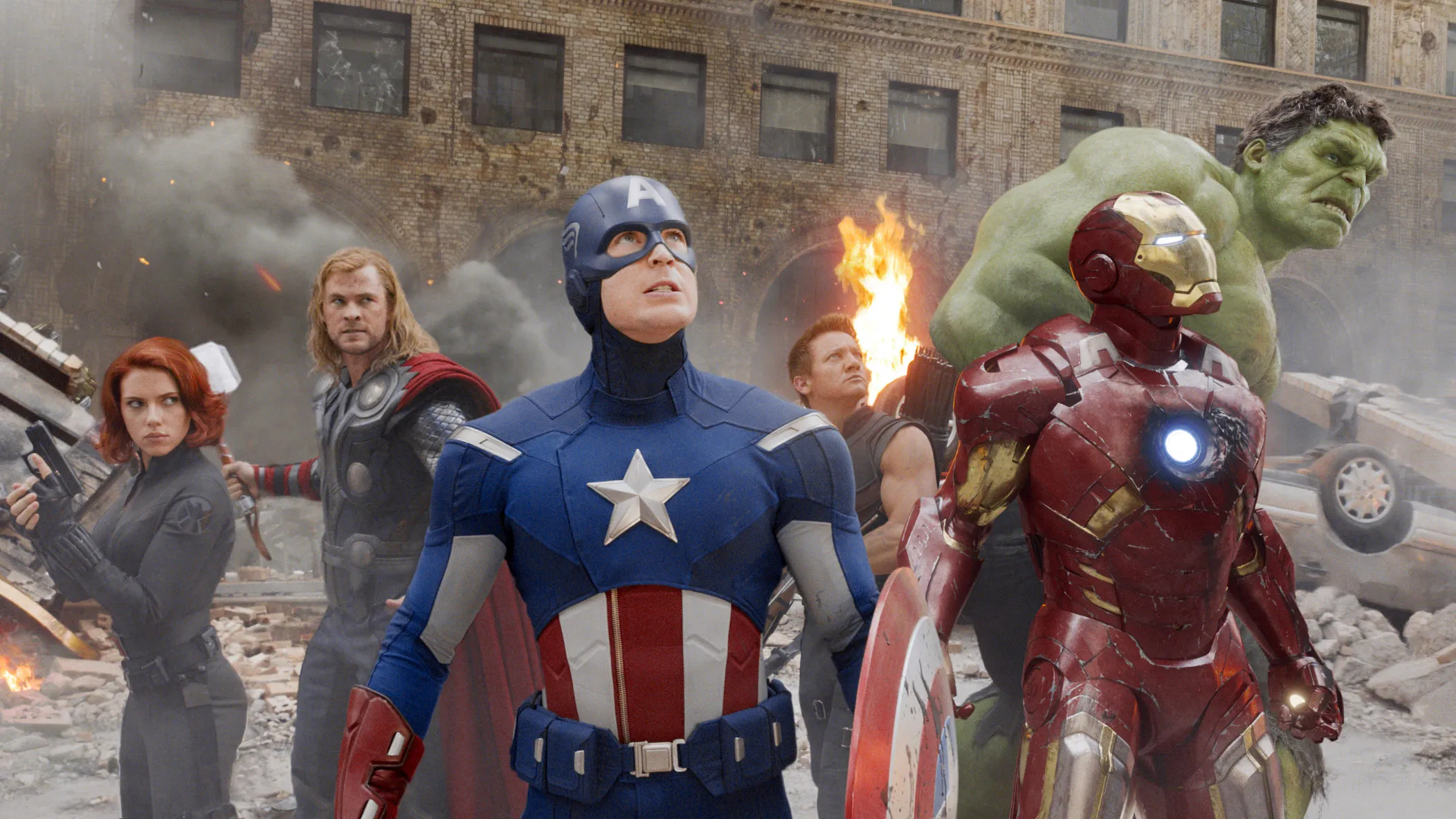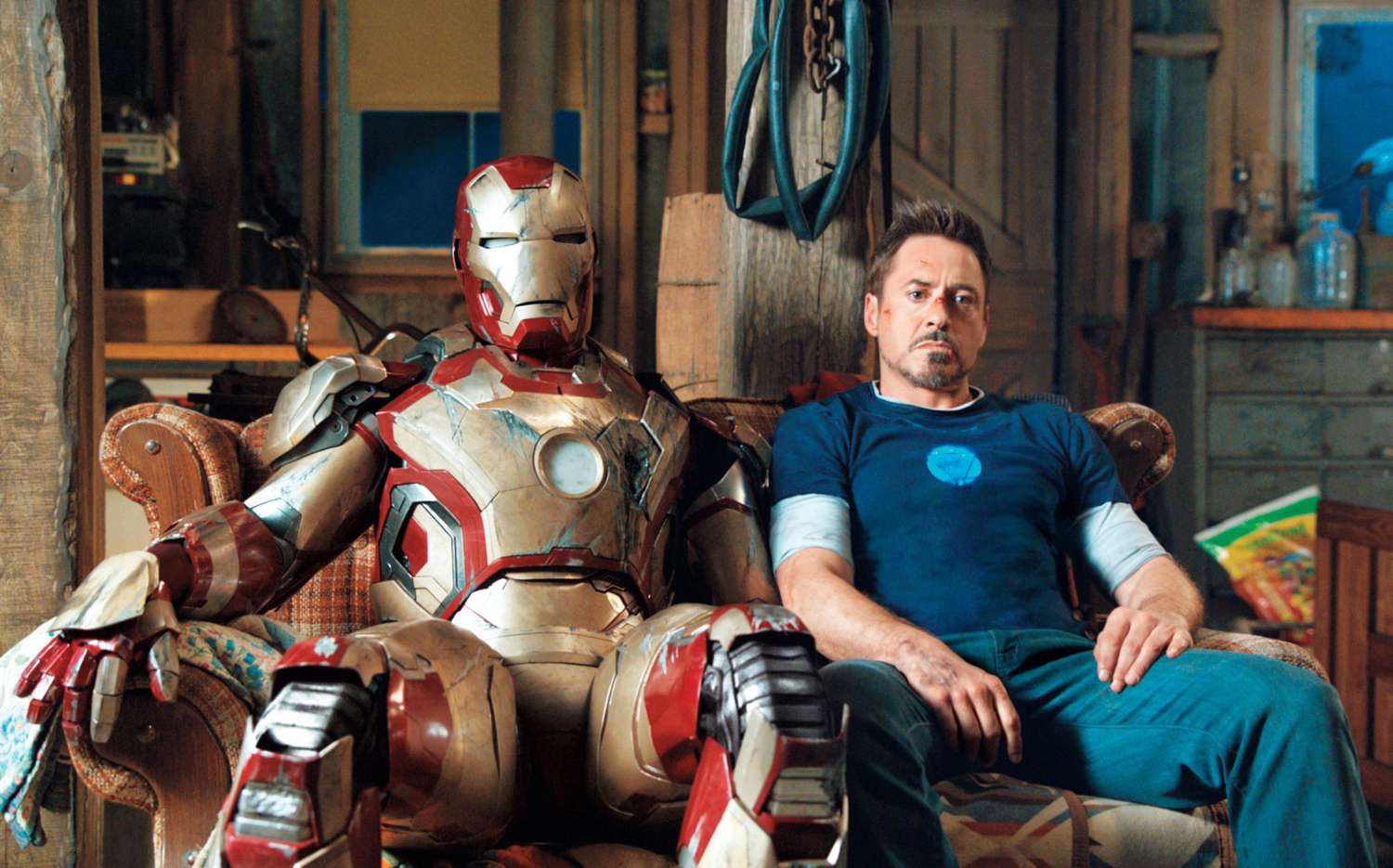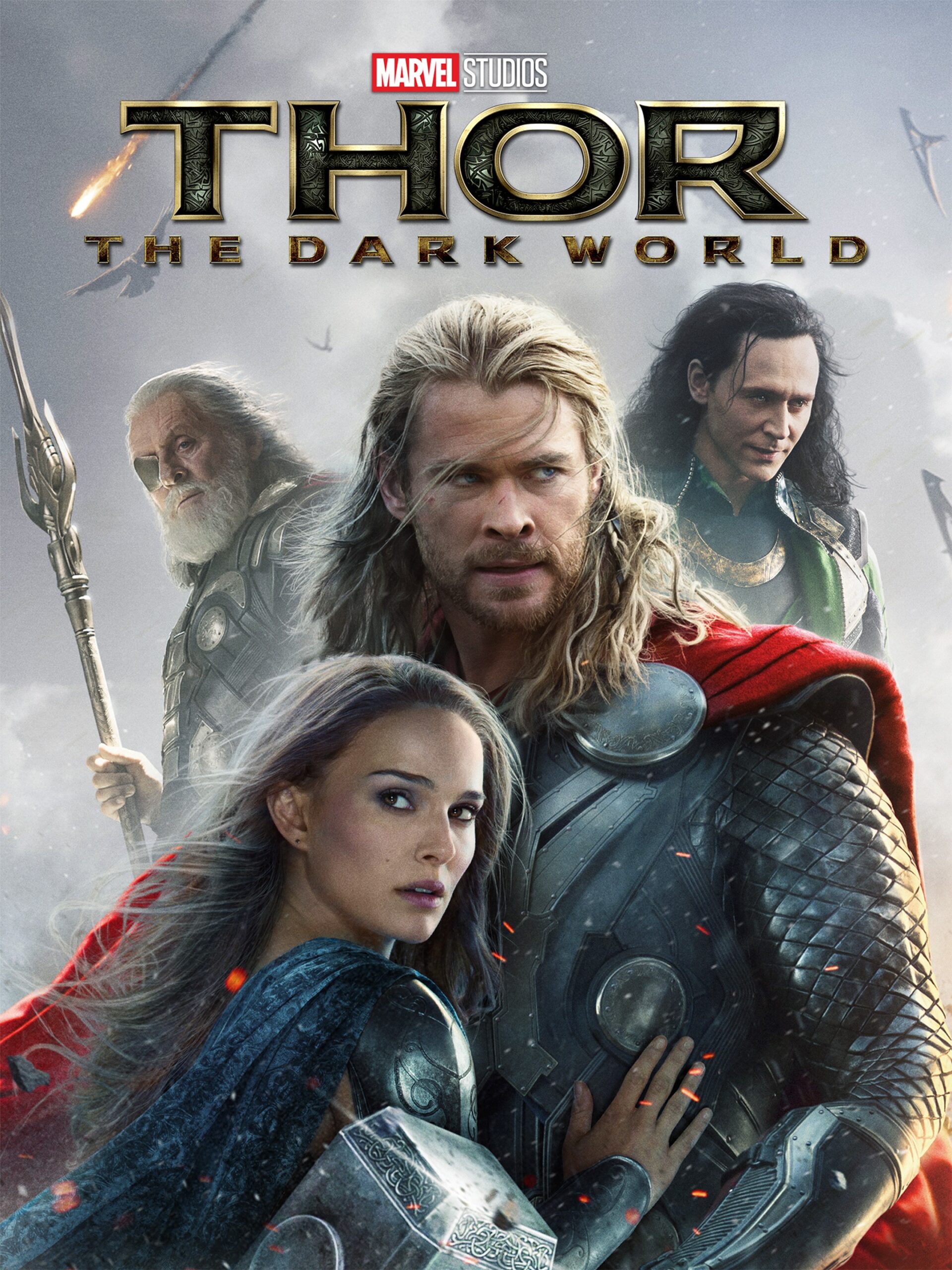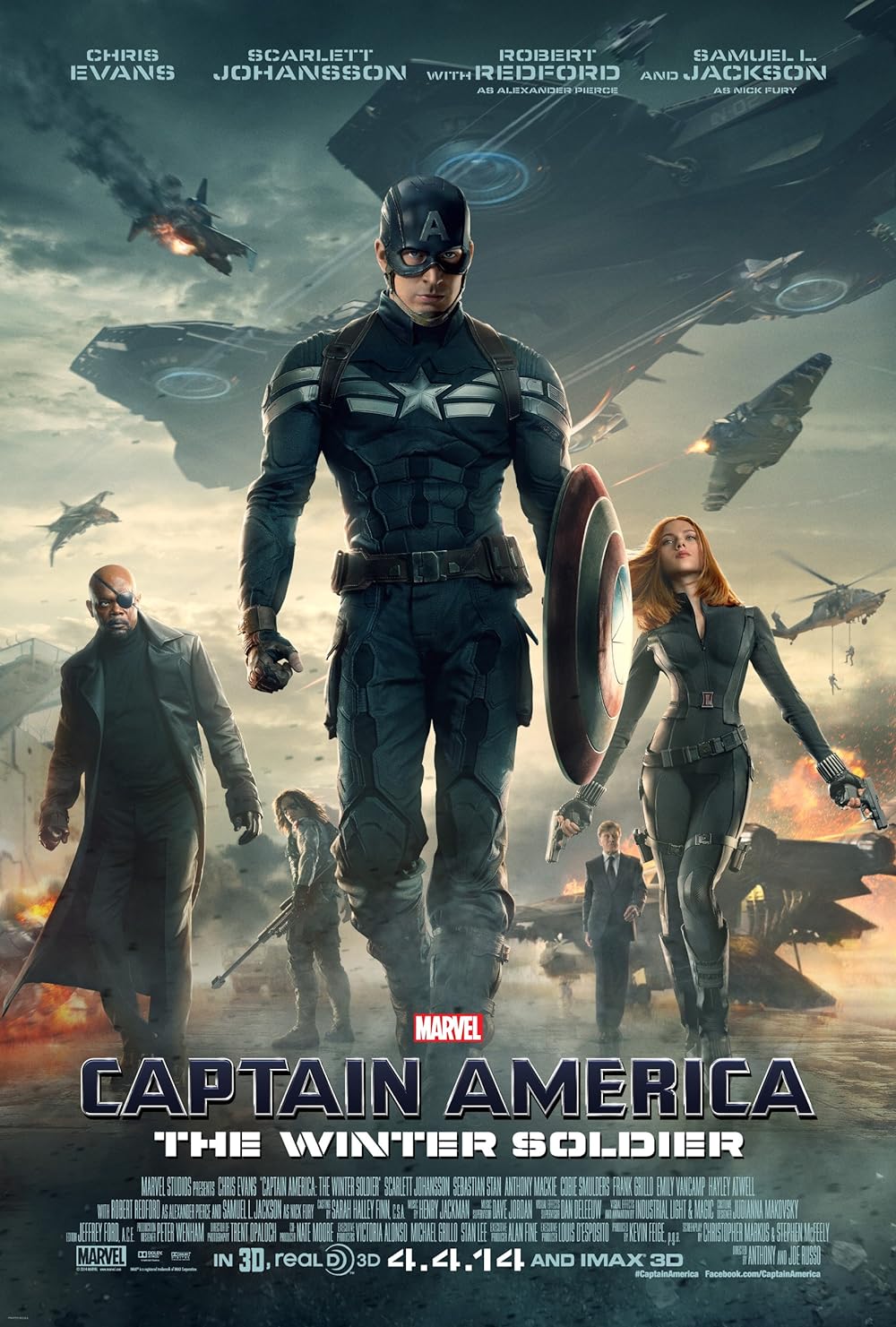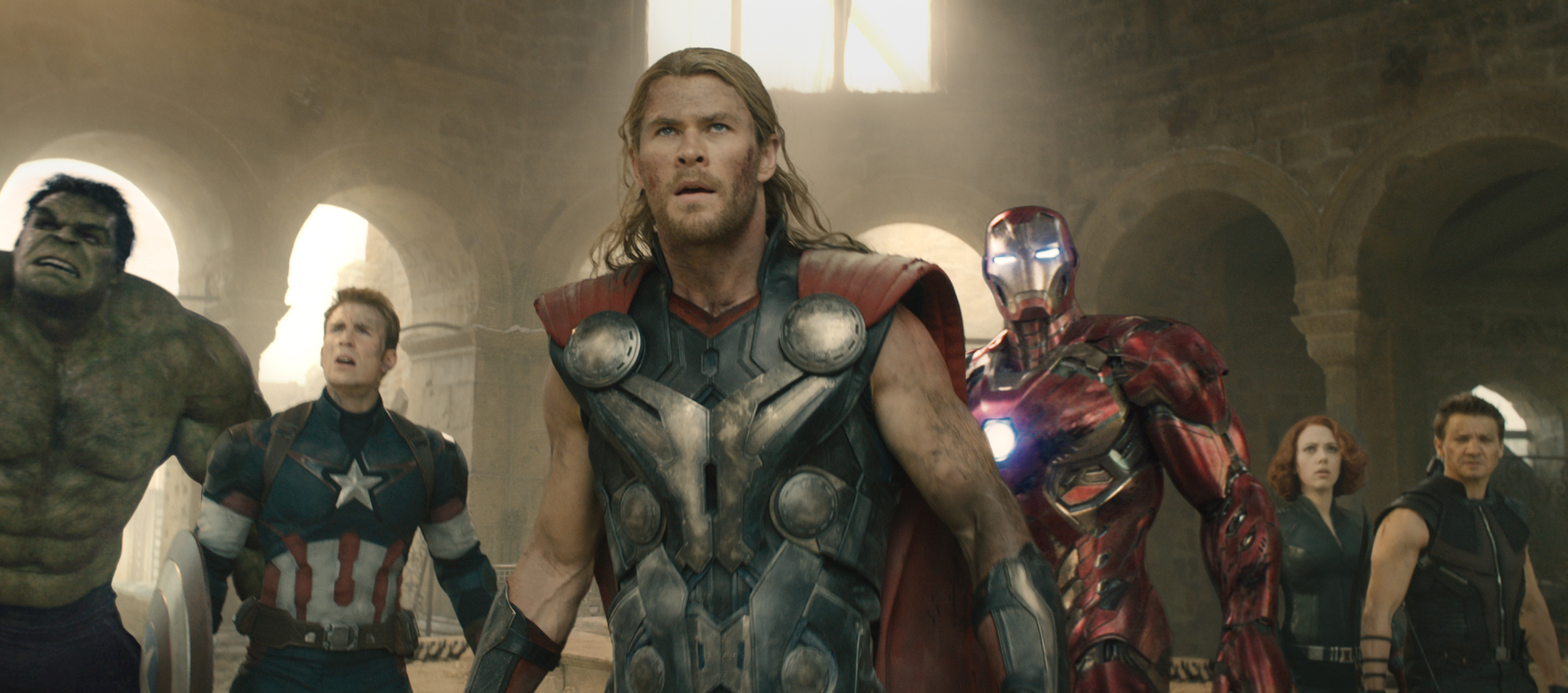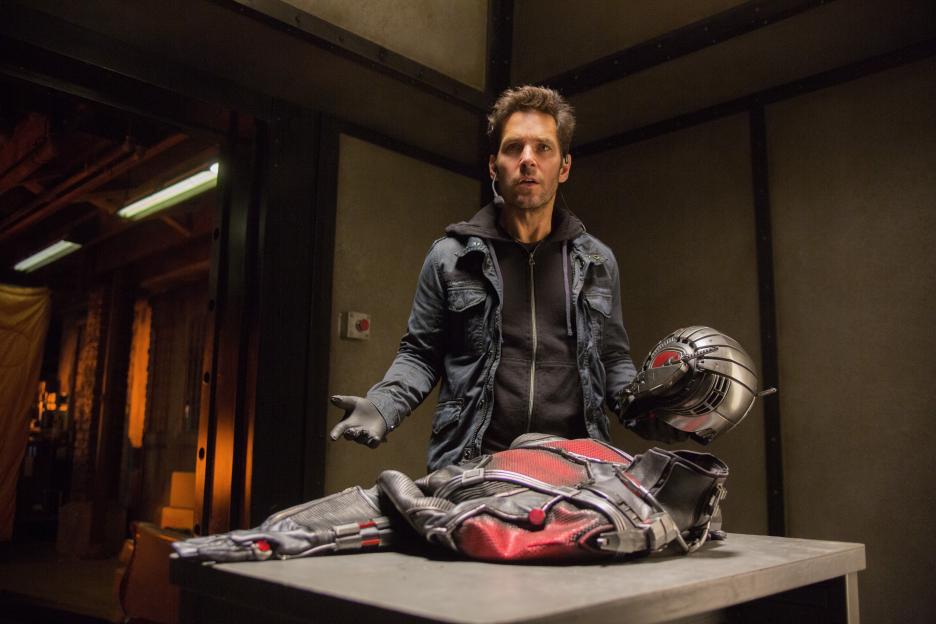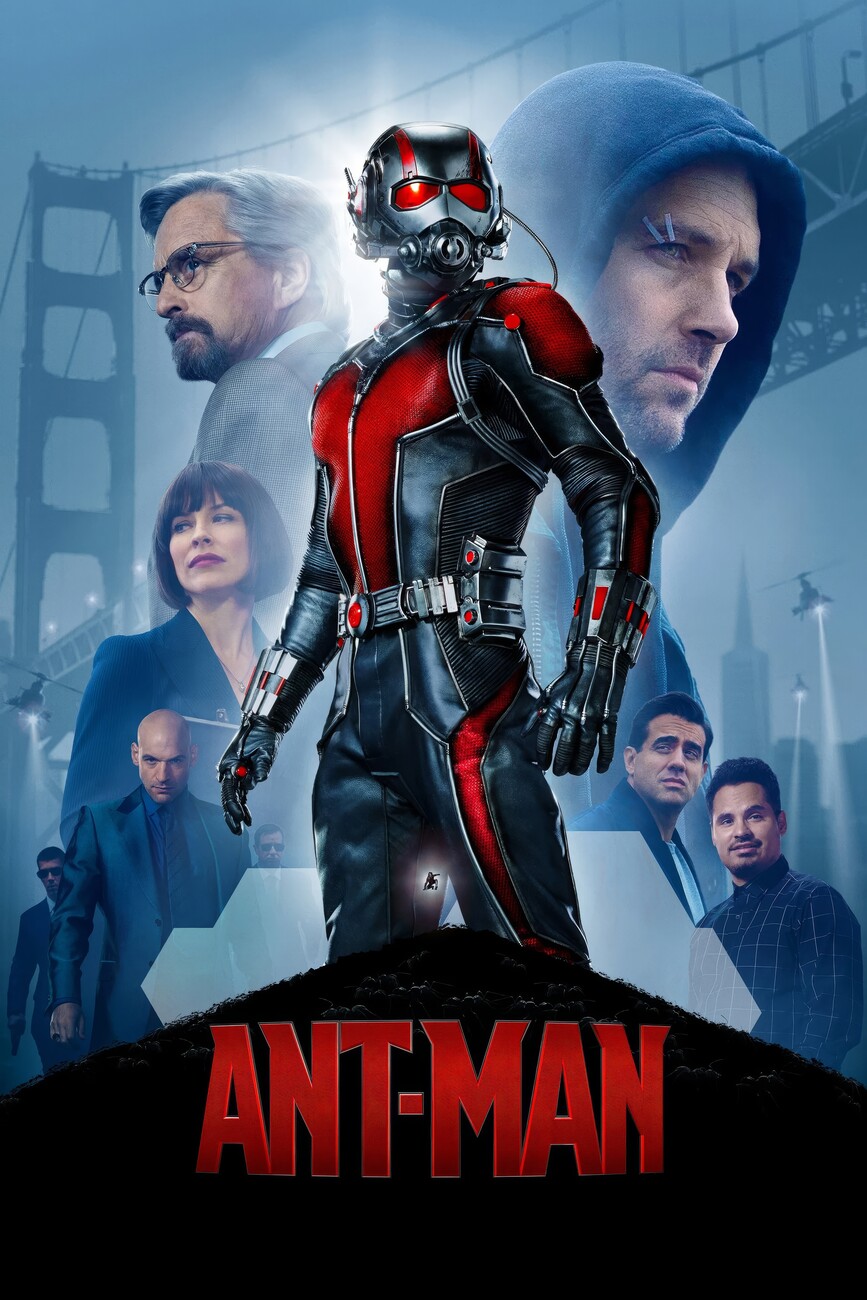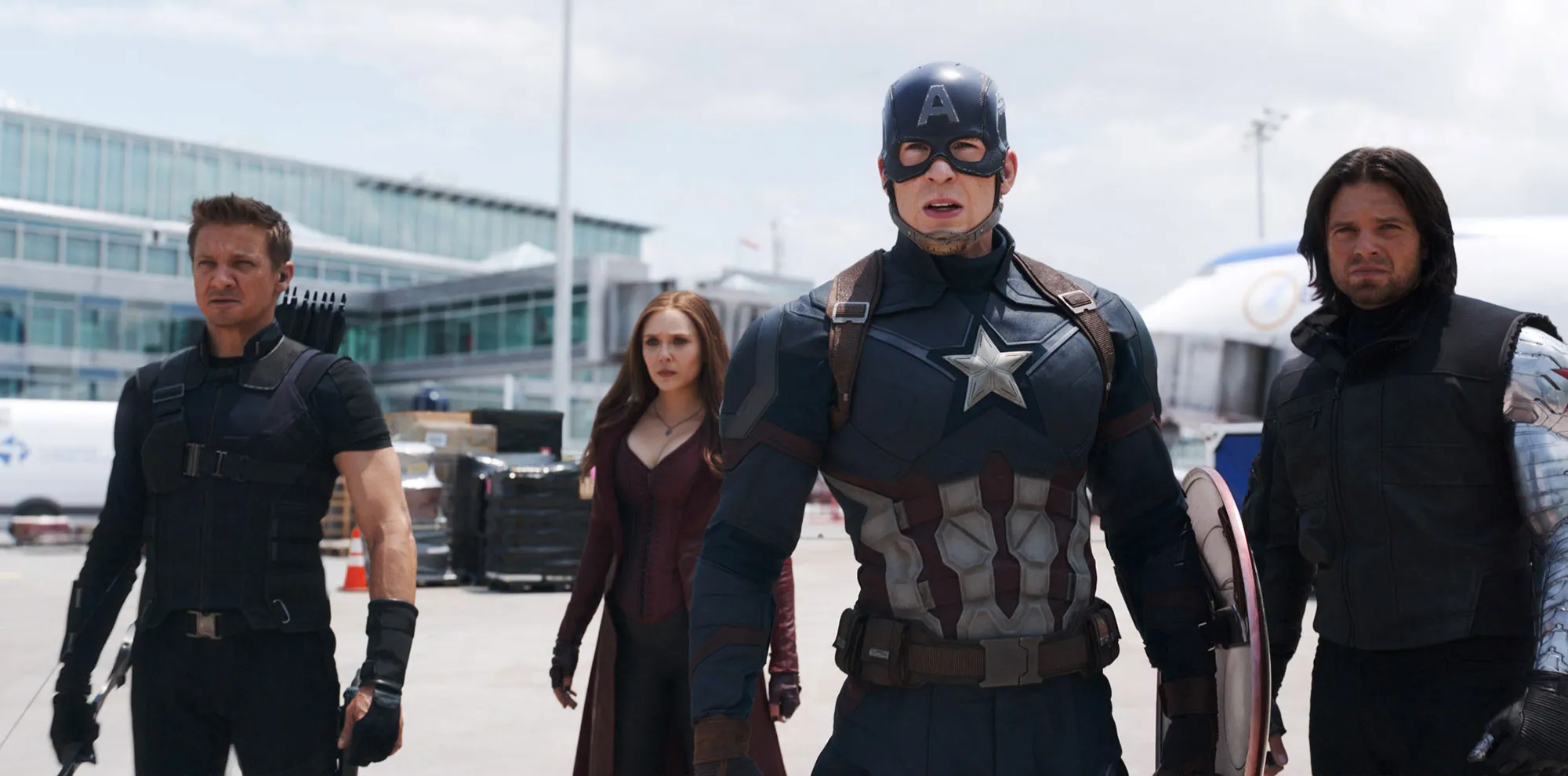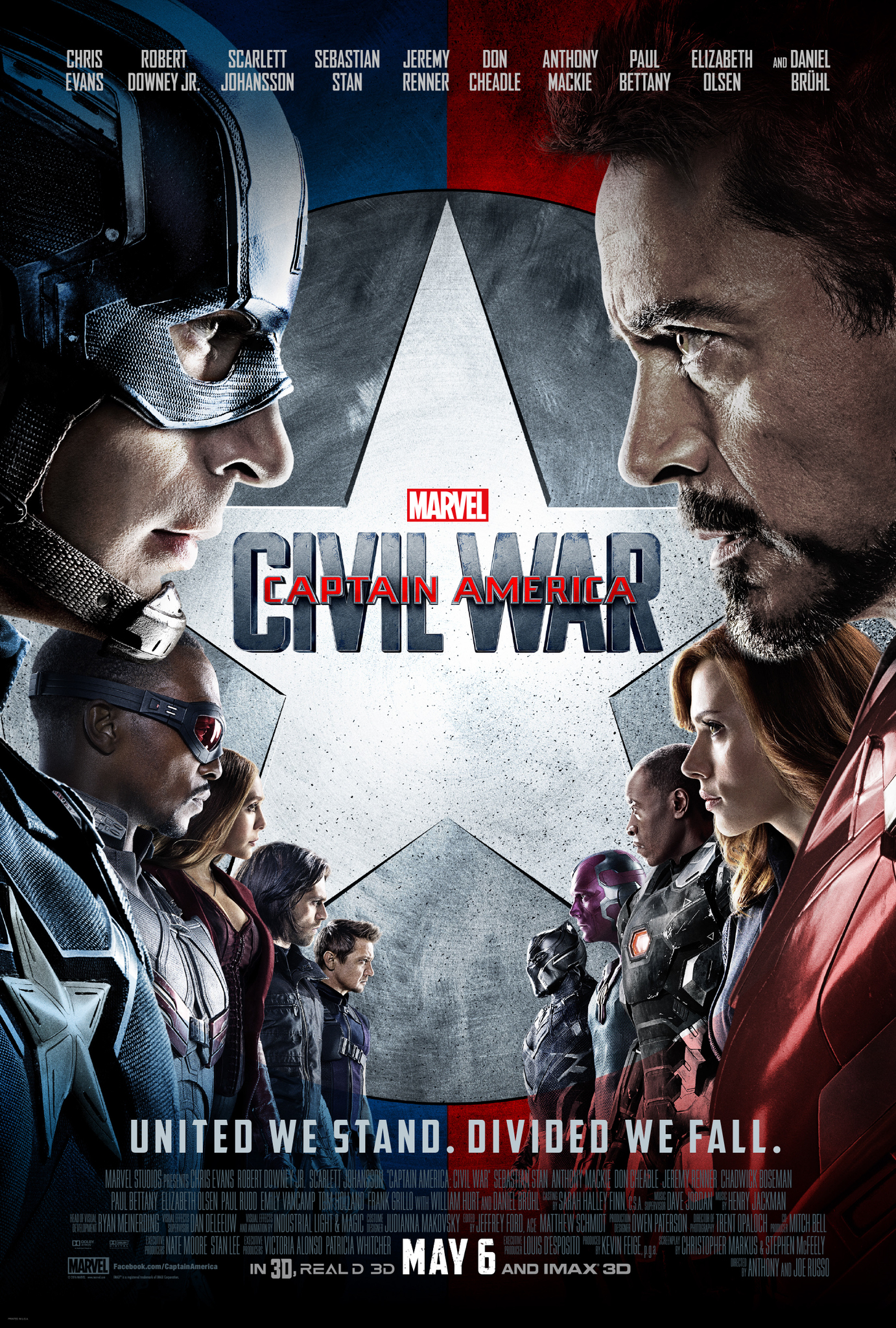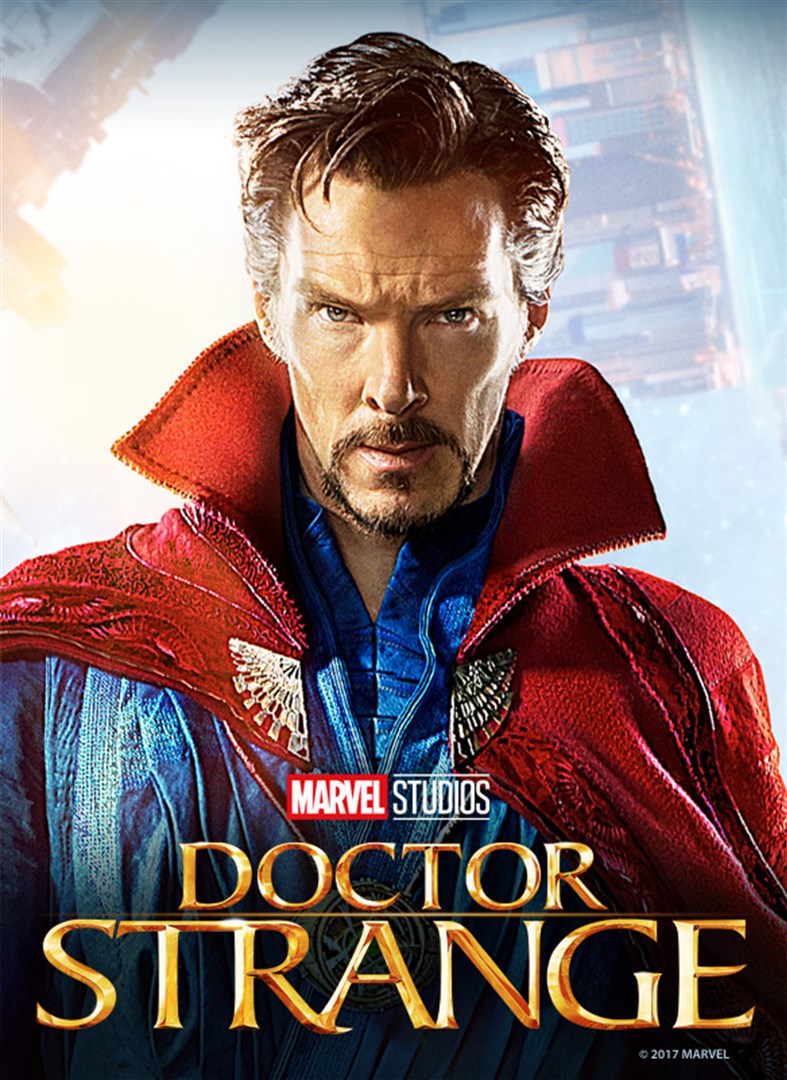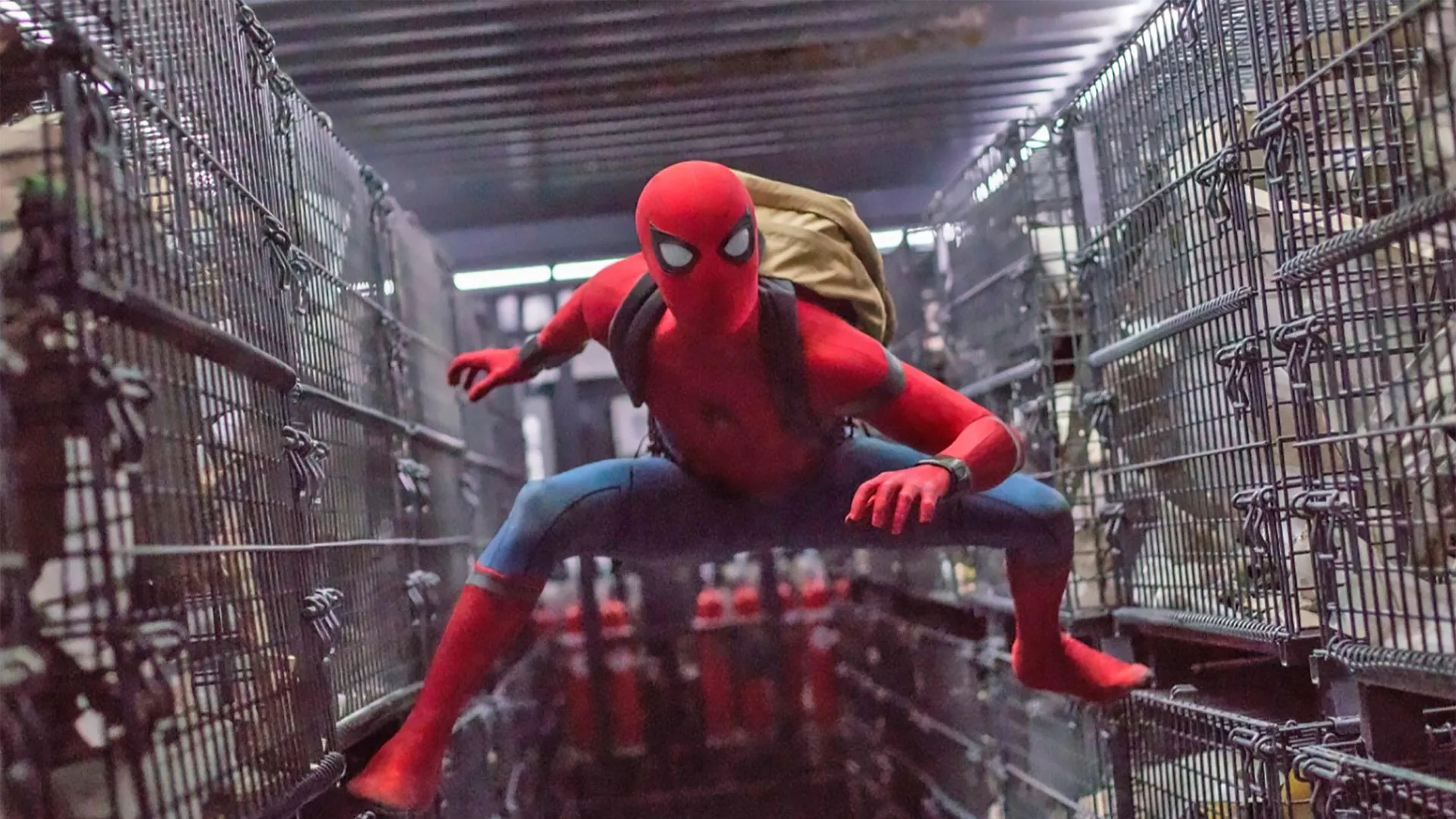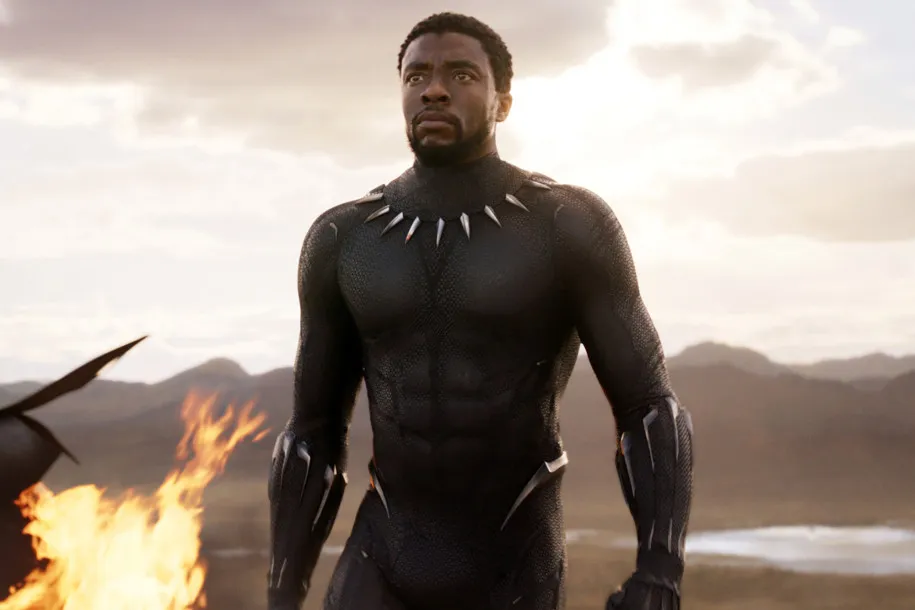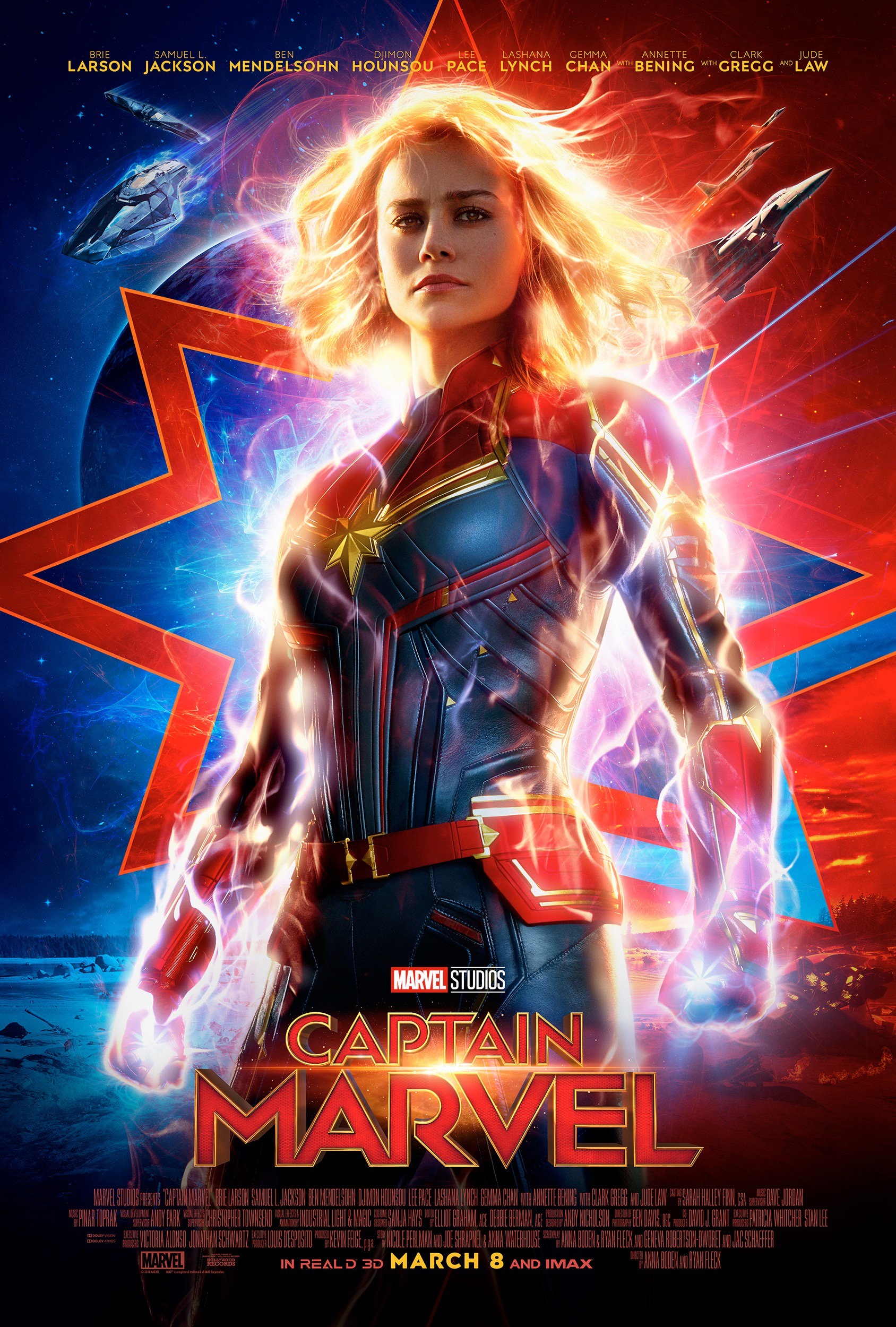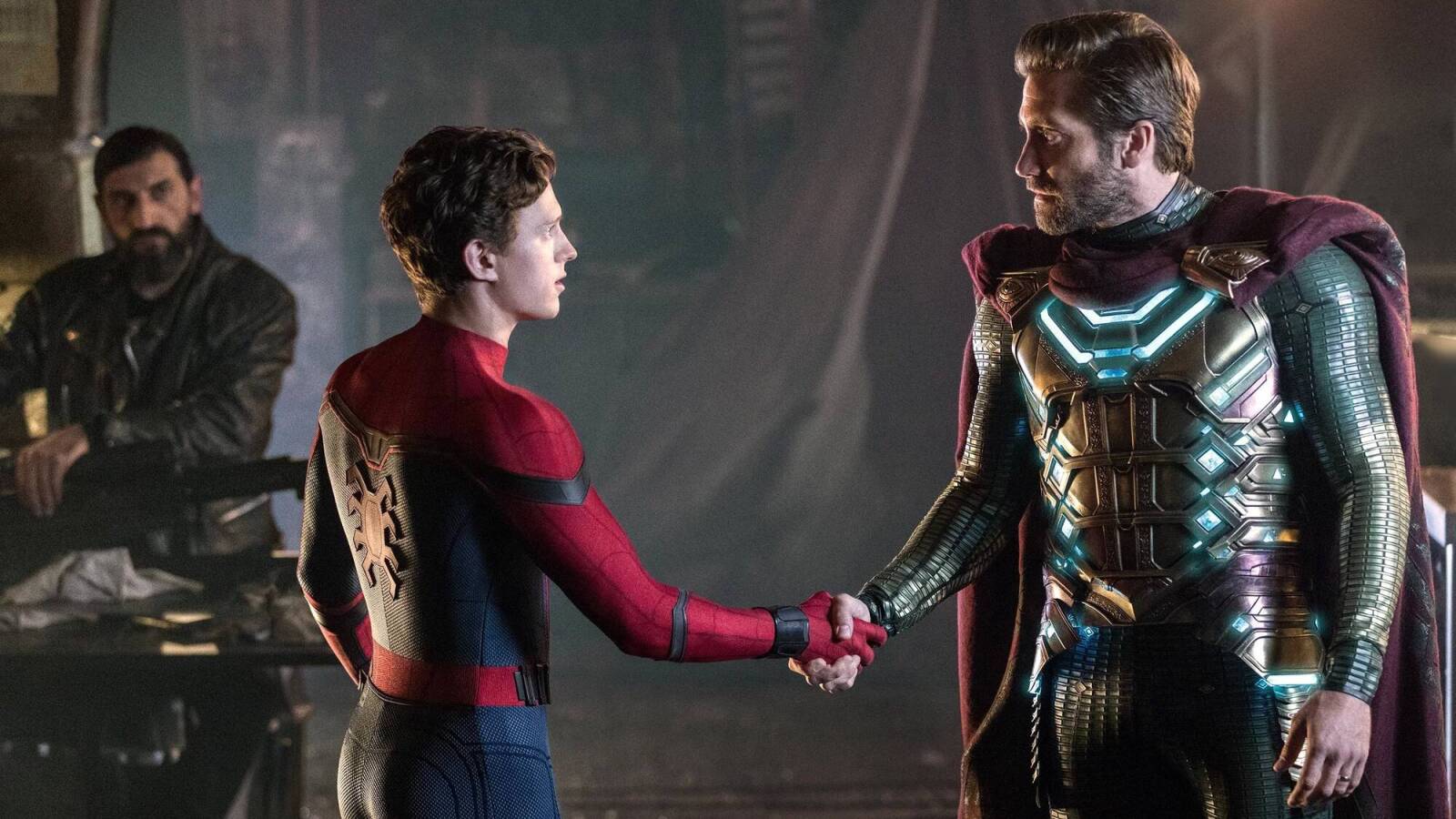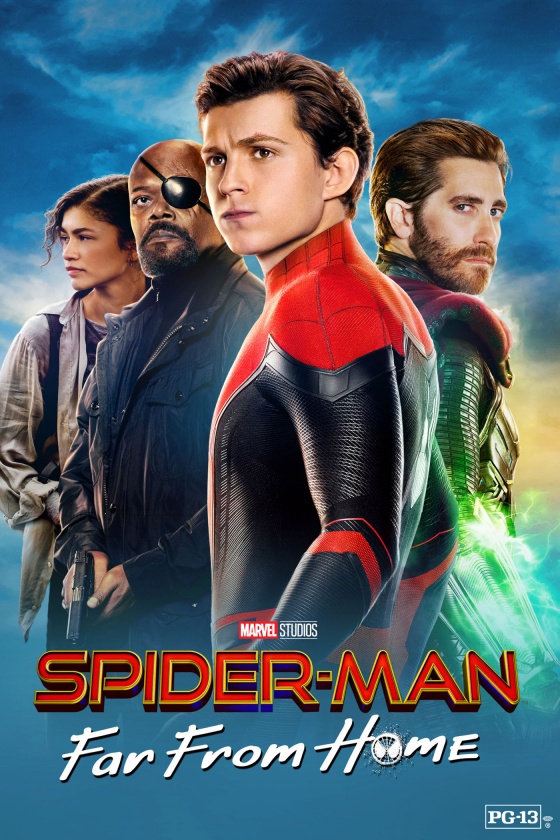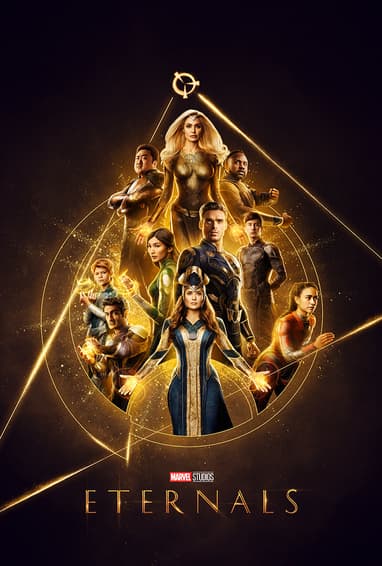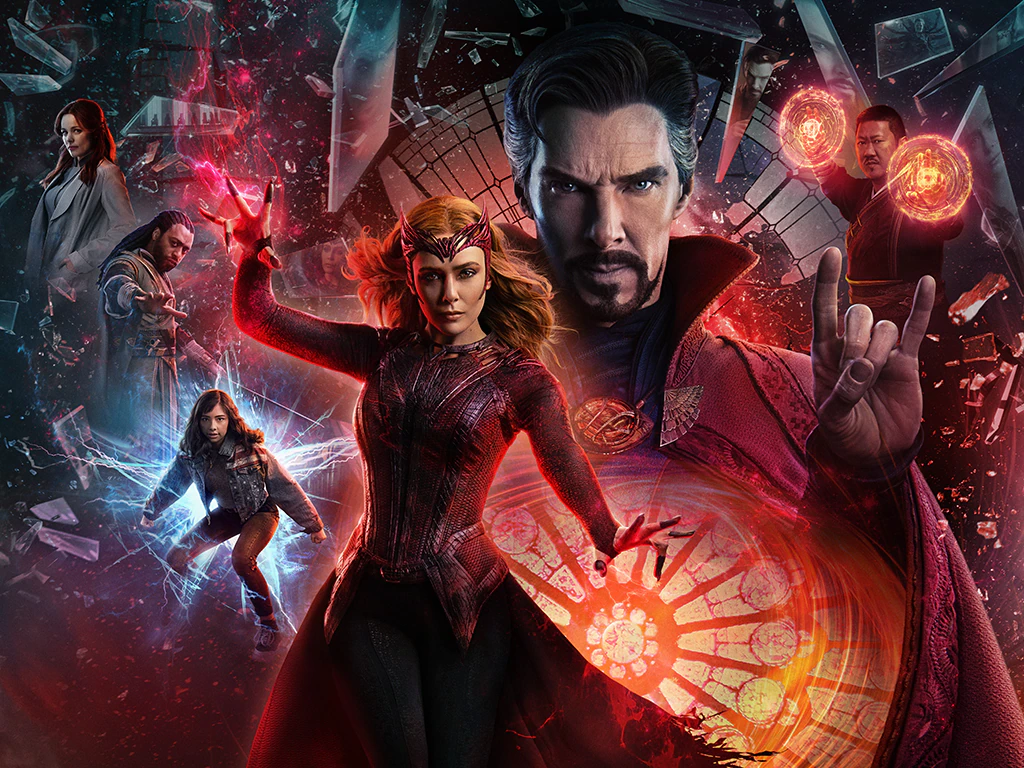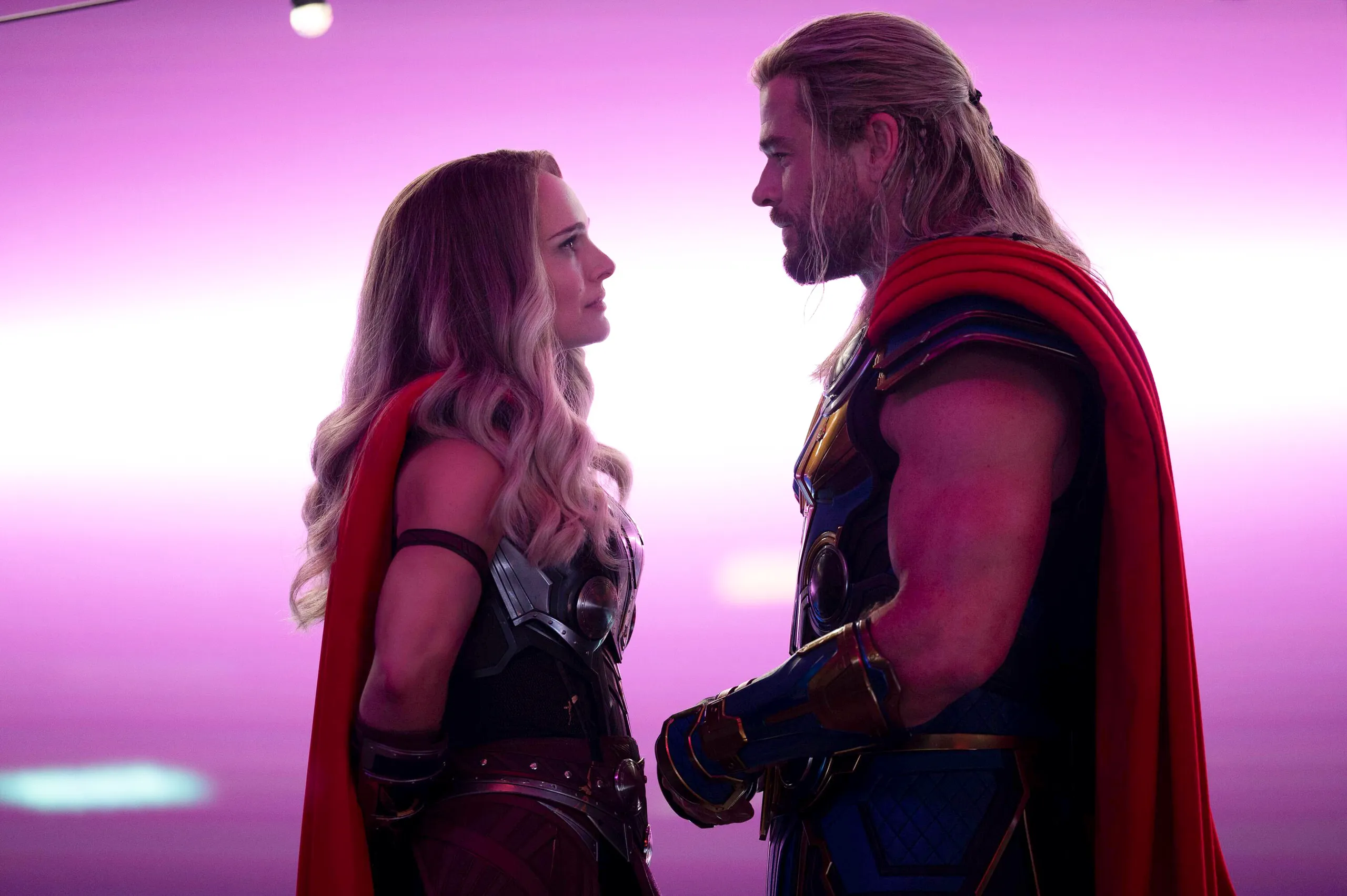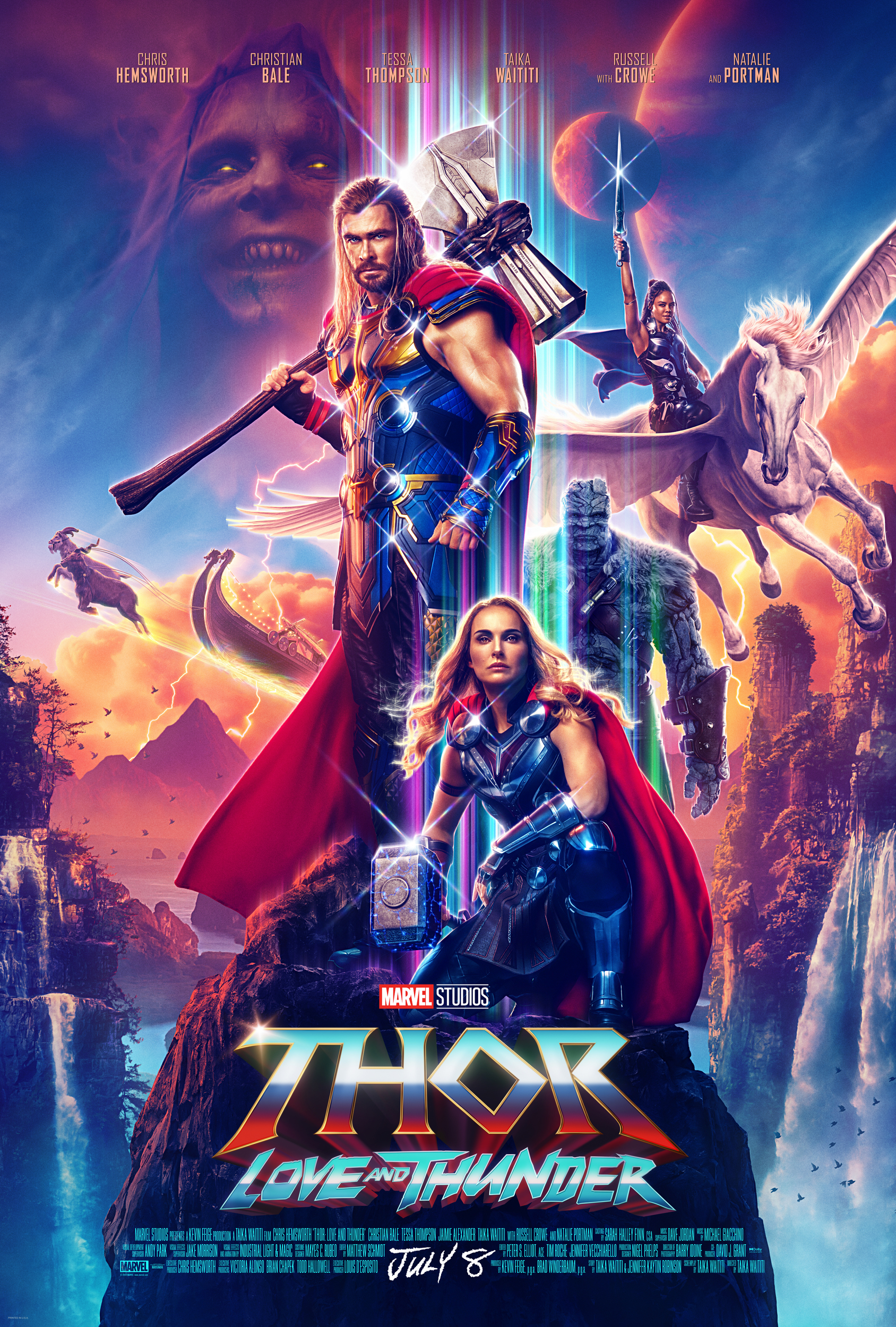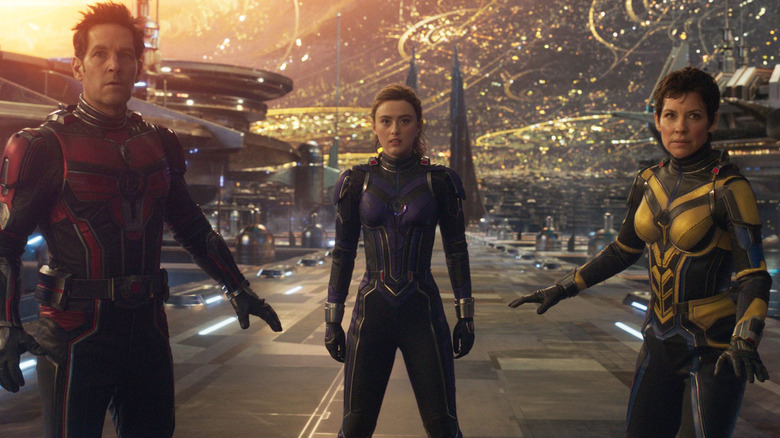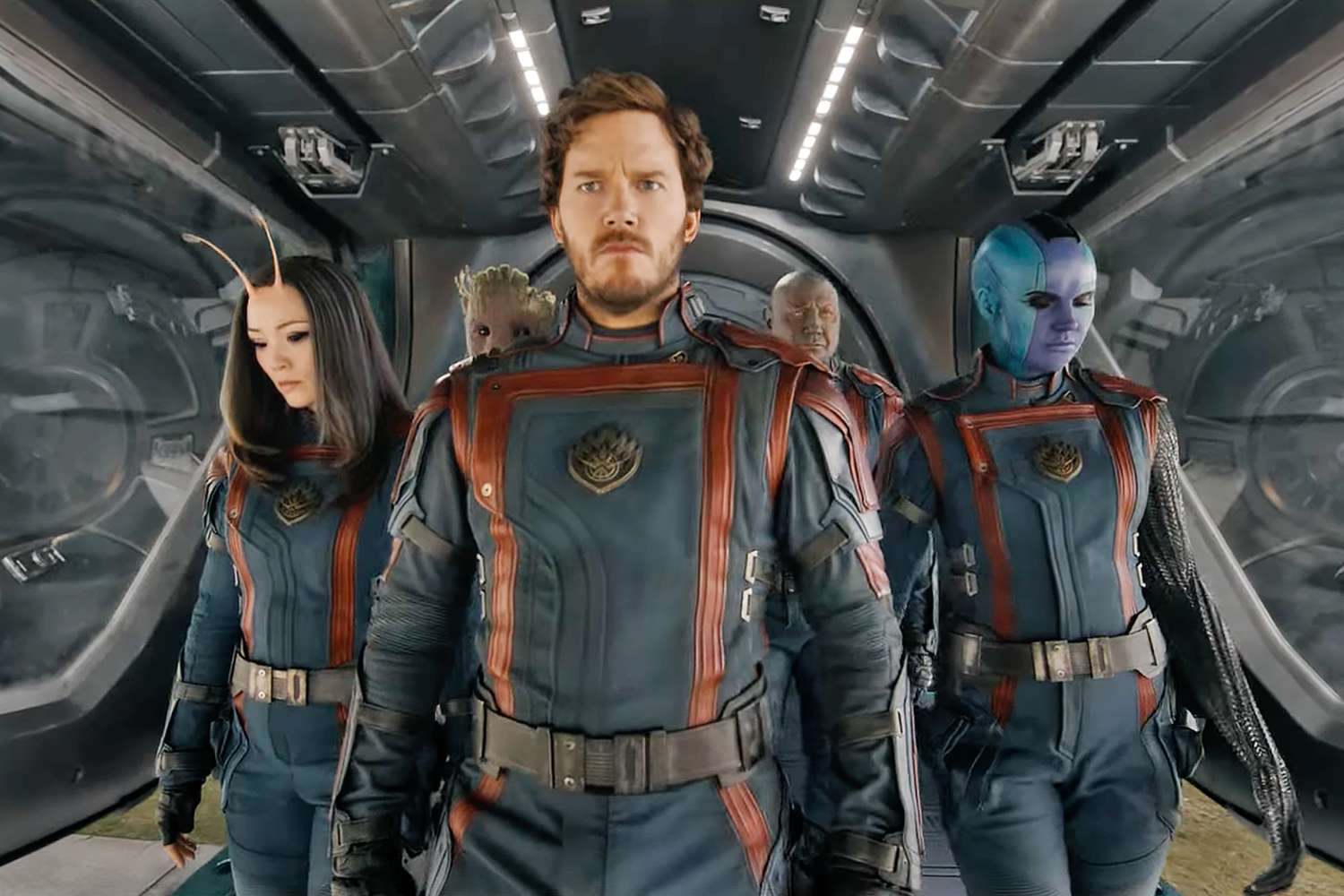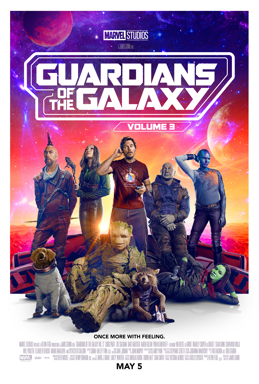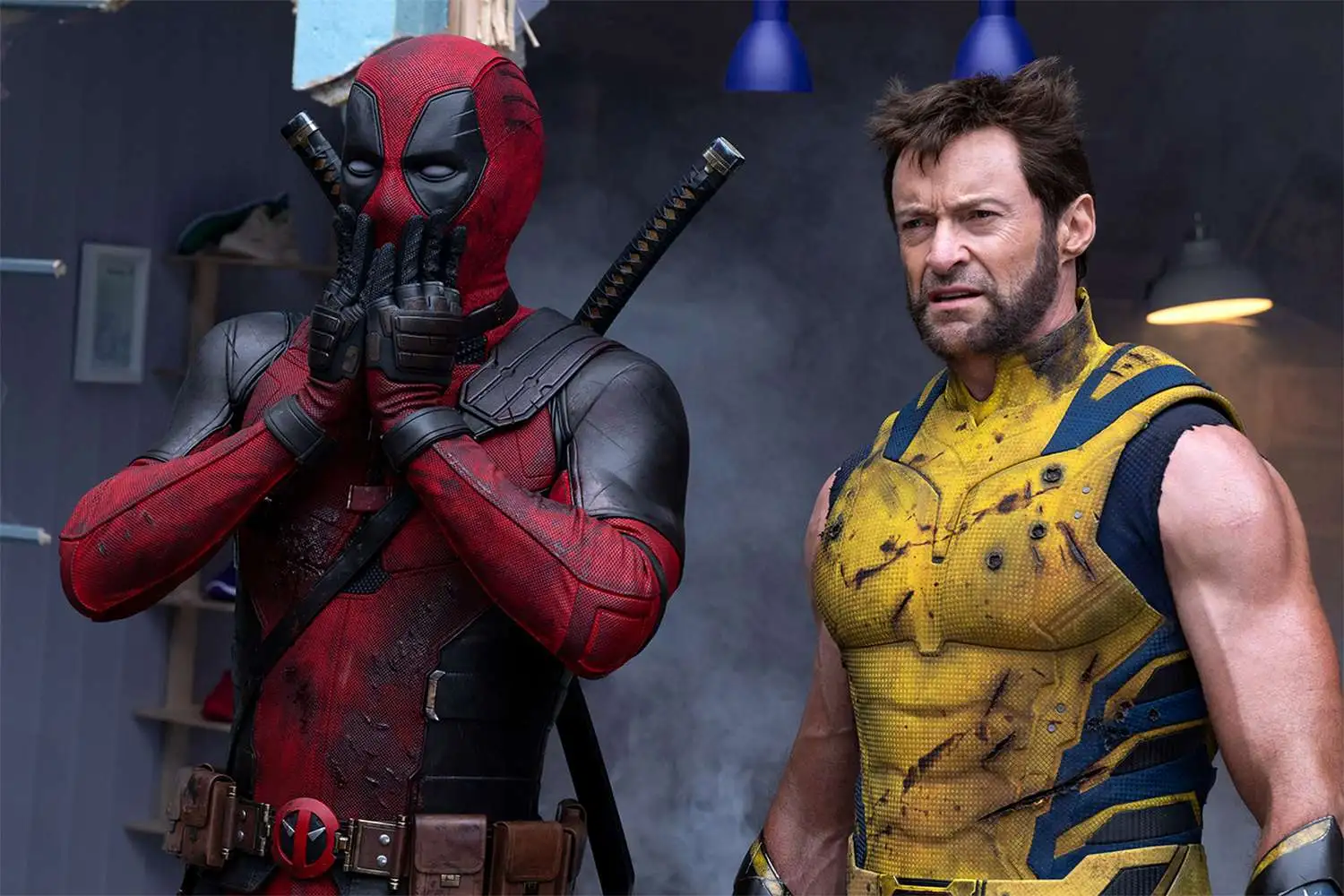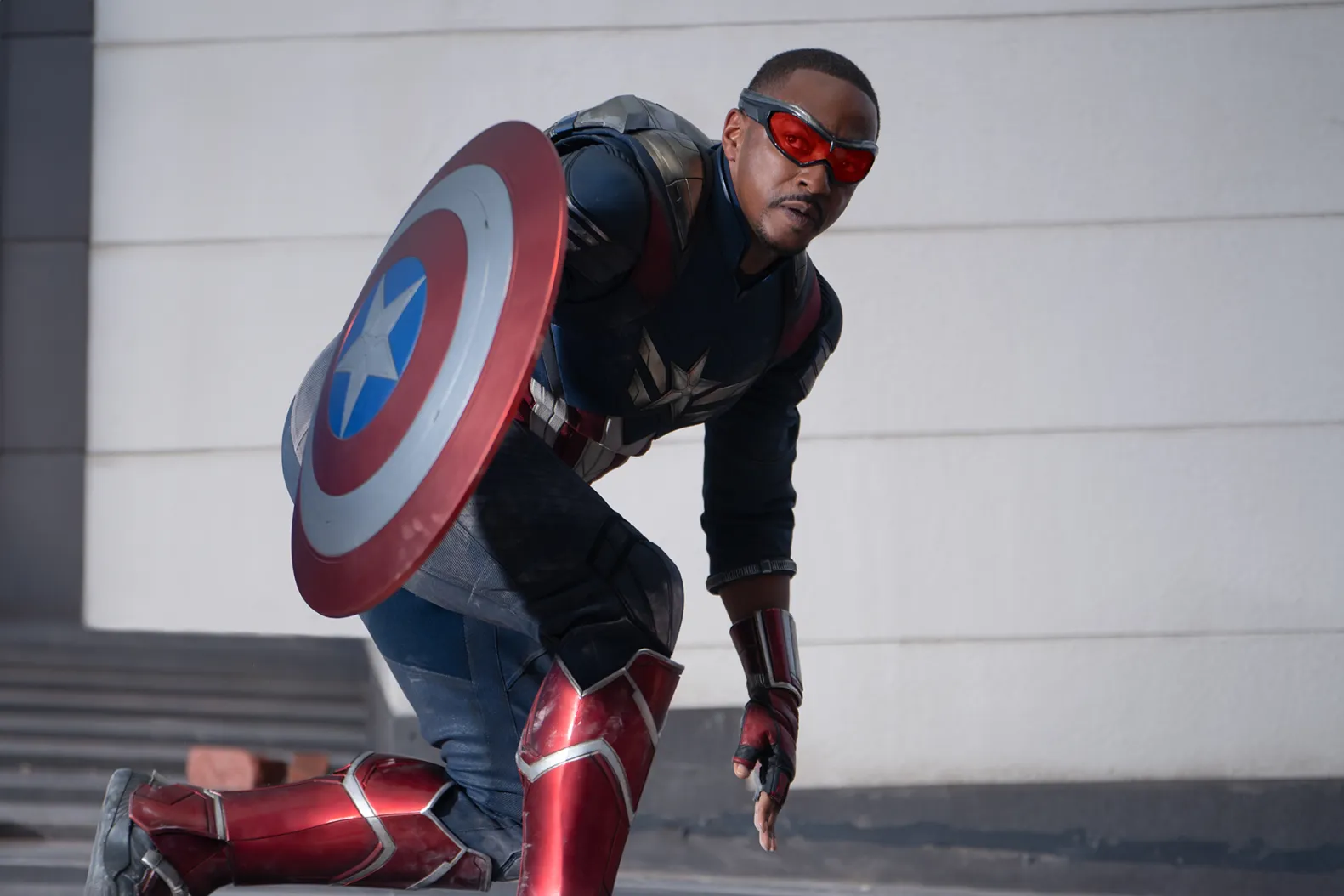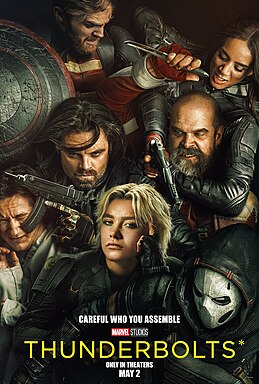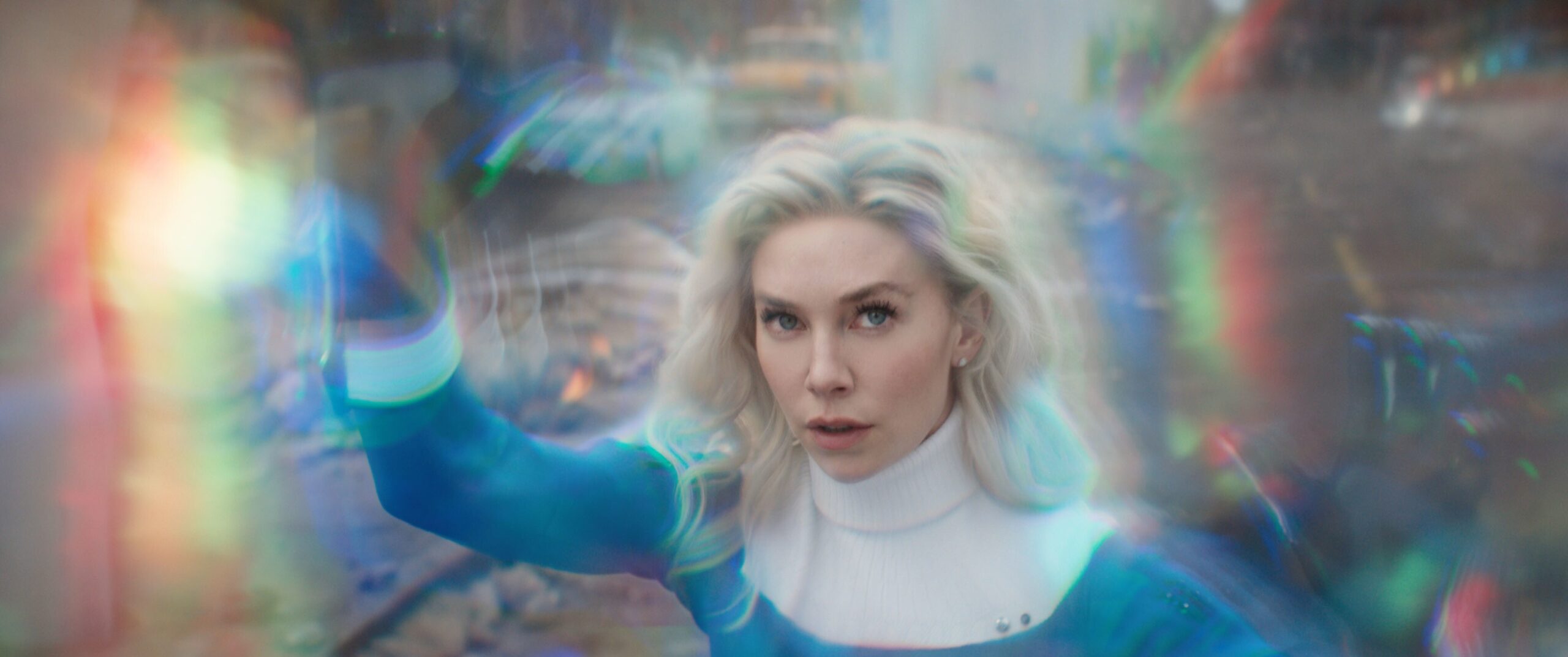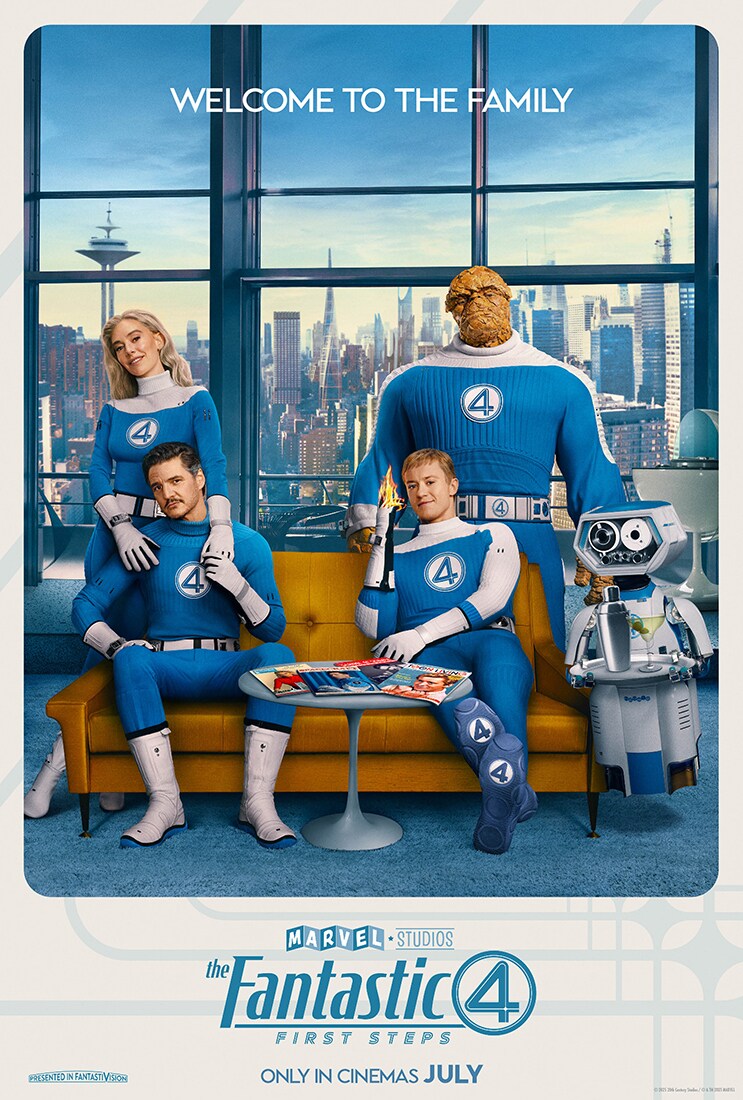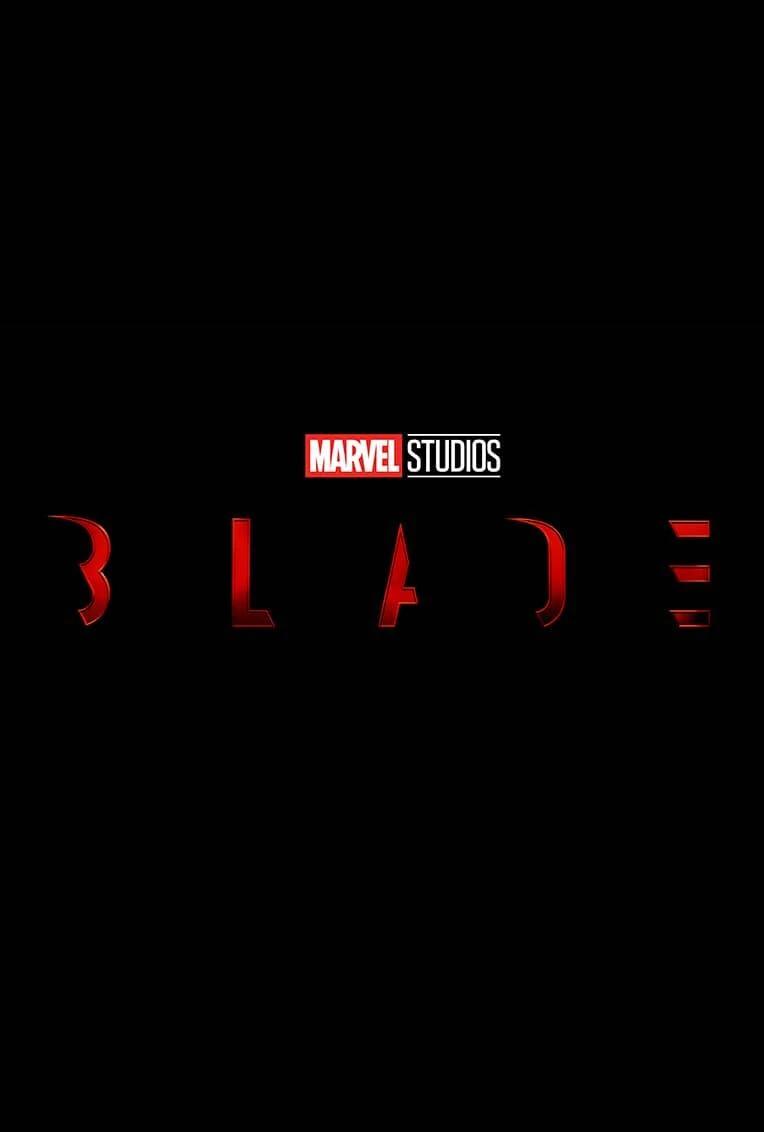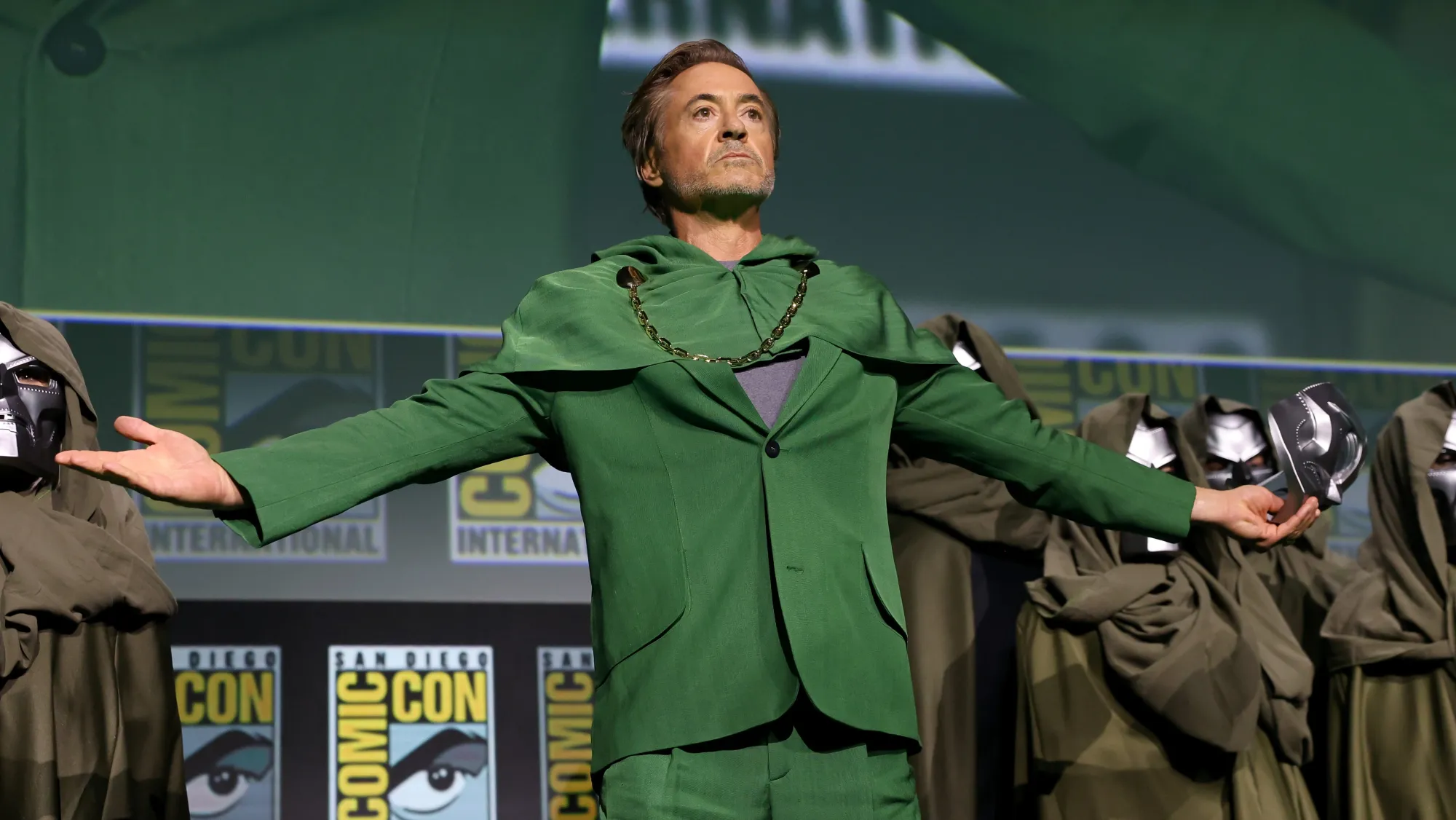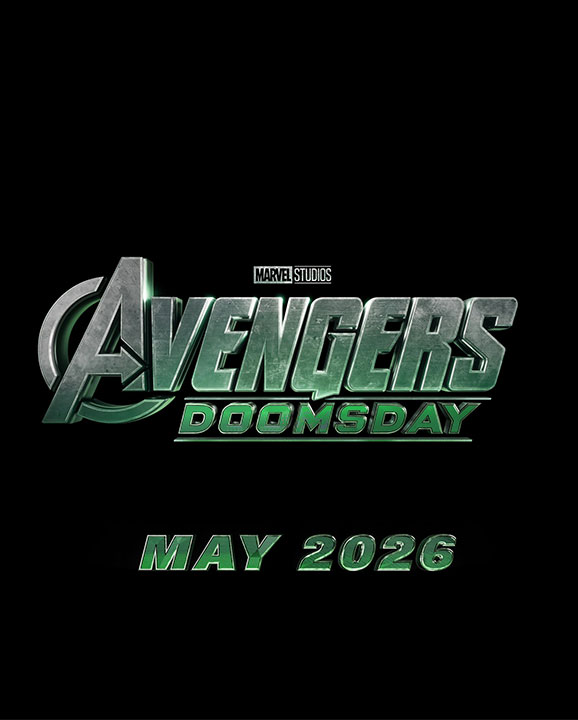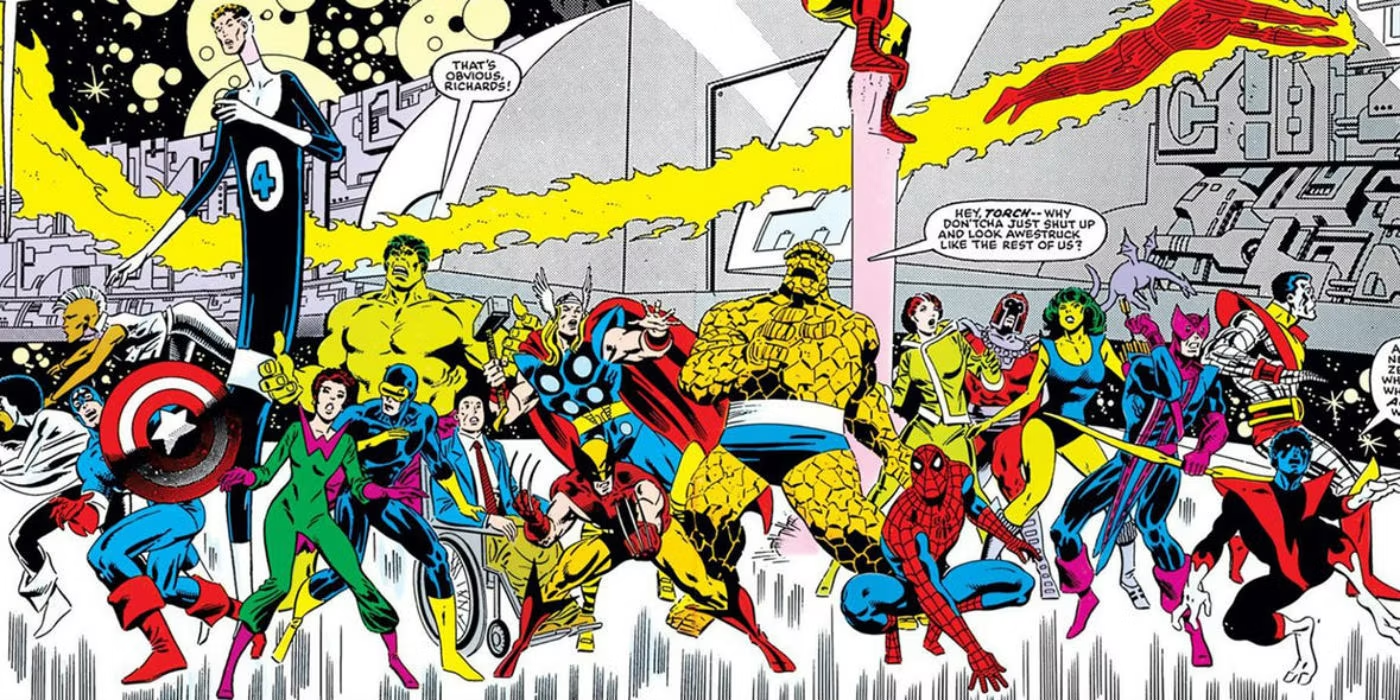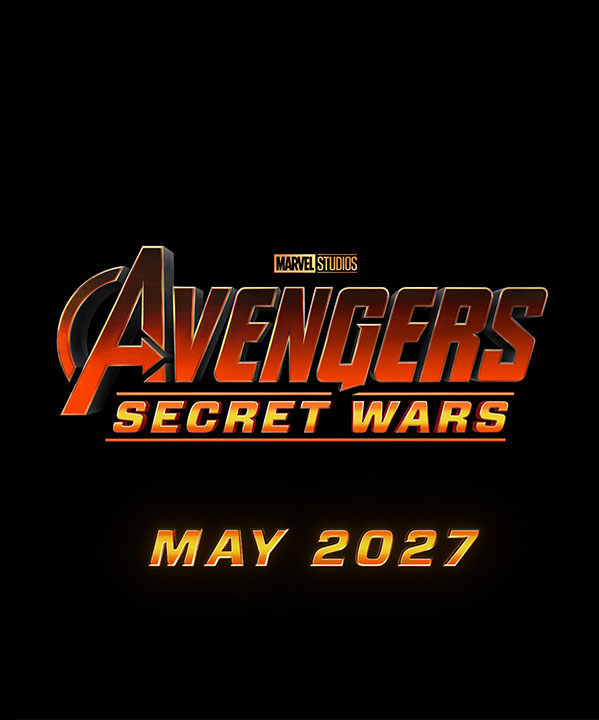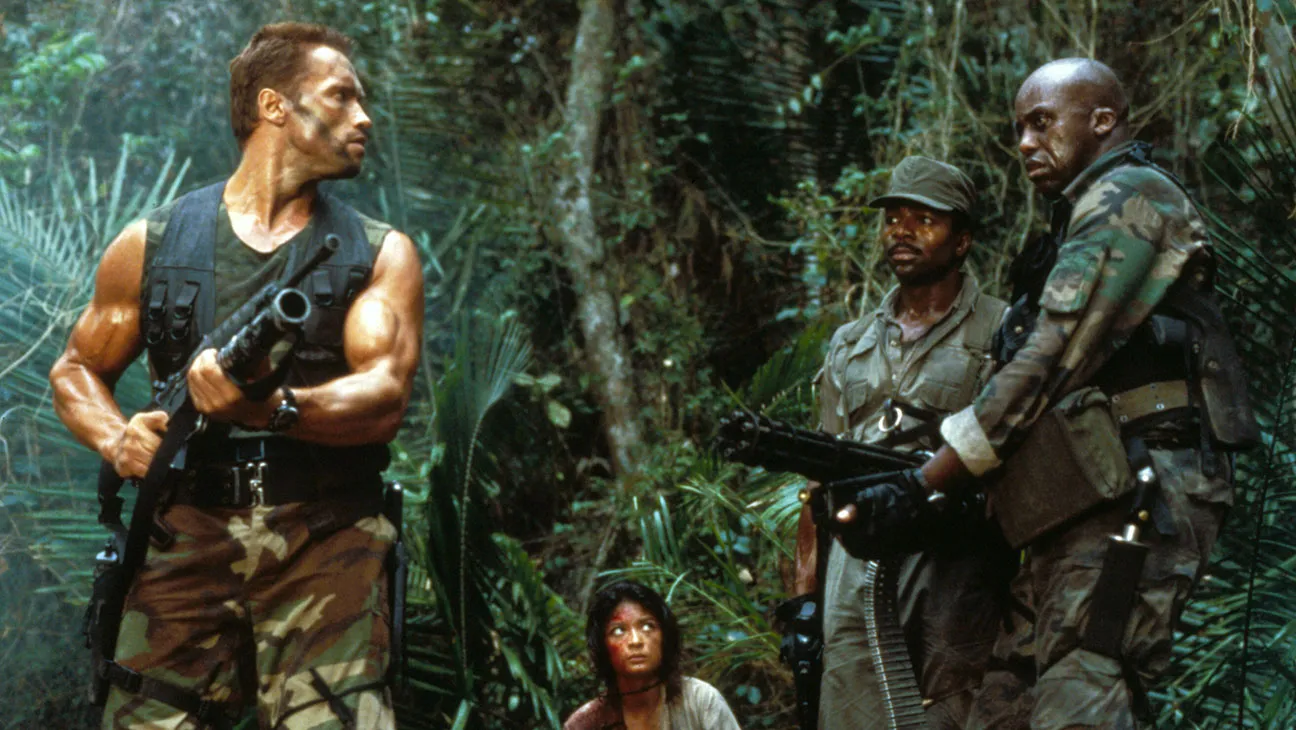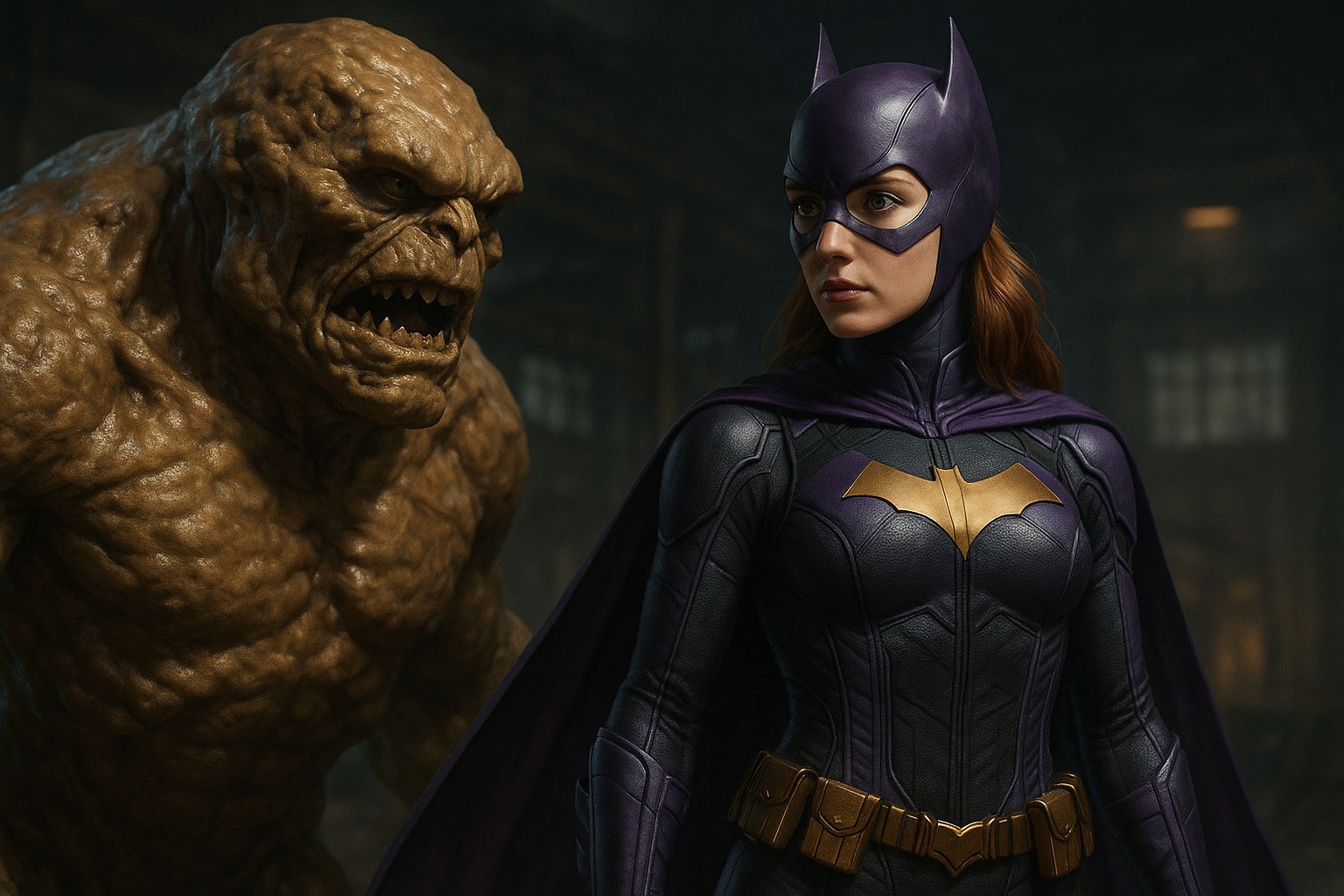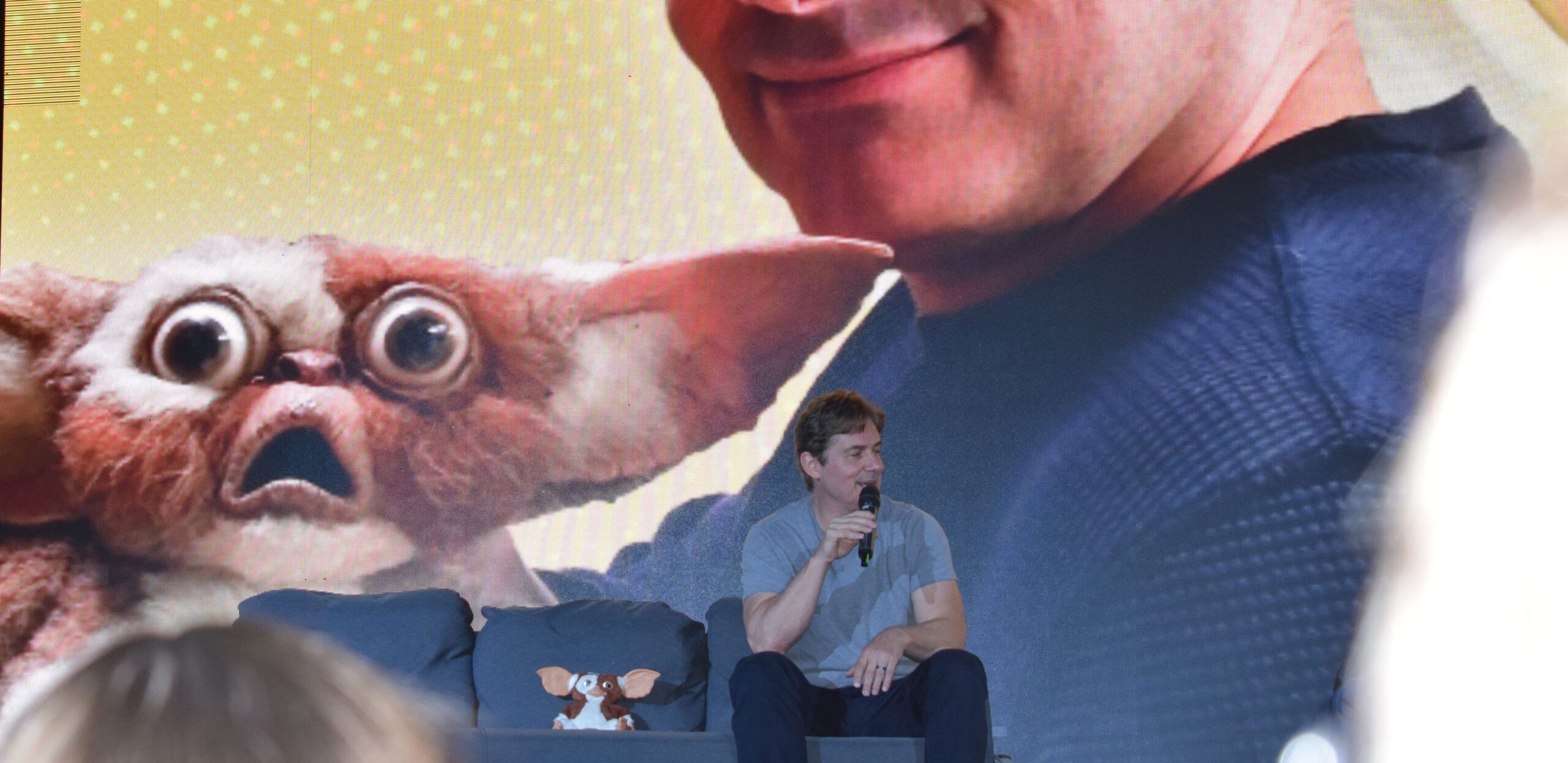- 300
- 300: Rise of an Empire
- Alien vs. Predator
- Aliens vs. Predator: Requiem
- Barb Wire
- G-Men from Hell
- Gremlins
- Hellboy (2004)
- Hellboy (2019)
- Hellboy II: The Golden Army
- Hellboy: The Crooked Man
- Mystery Men (1999)
- Polar
- Predator
- Predator 2
- Predator: Badlands
- Predators
- Prey
- R.I.P.D.
- R.I.P.D. 2: Rise of the Damned
- Sin City
- Sin City: A Dame to Kill For
- Son of the Mask
- Star Wars Episode I – The Phantom Menace
- Star Wars Episode II – Attack of the Clones
- Star Wars Episode III – Revenge of the Sith
- Star Wars Episode IV – A New Hope
- Star Wars Episode IX – The Rise of Skywalker
- Star Wars Episode V – The Empire Strikes Back
- Star Wars Episode VI – Return of the Jedi
- Star Wars Episode VII – The Force Awakens
- Star Wars Episode VIII – The Last Jedi
- Superman Movies
- Tank Girl
- The Mask
- Timecop
- Timecop 2: The Berlin Decision
- Virus (1999)
Dark Horse Comics
- Aquaman
- Aquaman and the Lost Kingdom
- Batgirl (cancelled)
- Batman (1966)
- Batman (1989)
- Batman & Robin (1997)
- Batman Begins (2005)
- Batman Forever (1995)
- Batman Returns (1992)
- Batman v Superman: Dawn of Justice
- Birds of Prey
- Black Adam
- Blue Beetle
- Catwoman (2004)
- Clayface
- Constantine (2005)
- Green Lantern
- Joker
- Joker: Folie à Deux
- Jonah Hex
- Justice League
- Man of Steel (2013)
- Mortal Kombat
- Mortal Kombat (1995)
- Mortal Kombat 2
- Shazam!
- Shazam! Fury of the Gods
- Stamp Day for Superman
- Steel (1997)
- Suicide Squad
- Supergirl (1984)
- Supergirl: Woman of Tomorrow
- Superman
- Superman (1978)
- Superman and the Mole Men
- Superman II (1980)
- Superman III (1983)
- Superman IV: The Quest for Peace
- Superman Returns (2006)
- Swamp Thing (1982)
- The Batman
- The Brave and the Bold
- The Dark Knight
- The Dark Knight Rises
- The Flash
- The Losers
- The Penguin
- The Return of Swamp Thing (1985)
- The Suicide Squad
- V for Vendetta
- Watchmen
- Wonder Woman
- Wonder Woman 1984
- Zack Snyder’s Justice League
DC Comics Extended Universe
- 30 Days of Night
- 30 Days of Night: Dark Days
- Borderlands
- Dick Tracy
- Dick Tracy
- Dick Tracy Meets Gruesome
- Dick Tracy vs. Cueball
- Dick Tracy’s Dilemma
- Dredd
- From Hell
- Judge Dredd (1995)
- Popeye
- Remains
- Sonic the Hedgehog
- Sonic the Hedgehog 2
- Sonic the Hedgehog 3
- Speed Racer
- Tank Girl
- Teenage Mutant Ninja Turtles (1990)
- Teenage Mutant Ninja Turtles (2014)
- Teenage Mutant Ninja Turtles II: The Secret of the Ooze
- Teenage Mutant Ninja Turtles: Out of the Shadows
- Teenage Mutant Ninja Turtles: The Last Ronin
- The Crow (1994)
- The Crow (2024)
- The Crow: City of Angels
- The Crow: Salvation
- The Crow: Wicked Prayer
- The League of Extraordinary Gentlemen
- The Rocketeer
IDW Publishing
- Agatha All Along
- Ant-Man
- Ant-Man and the Wasp
- Ant-Man and the Wasp: Quantumania
- Avengers: Age of Ultron
- Avengers: Doomsday
- Avengers: Endgame
- Avengers: Infinity War
- Avengers: Secret Wars
- Black Panther
- Black Panther: Wakanda Forever
- Black Widow
- Blade (1998)
- Blade 2025 (cancelled)
- Blade II (2002)
- Blade: Trinity (2004)
- Captain America: Brave New World
- Captain America: Civil War
- Captain America: The First Avenger
- Captain America: The Winter Soldier
- Captain Marvel
- Daredevil (2003)
- Dark Phoenix
- Deadpool
- Deadpool & Wolverine
- Deadpool 2
- Doctor Strange
- Doctor Strange in the Multiverse of Madness
- Doctor Strange: In the Incursions of Insanity
- Elektra (2005)
- Eternals
- Fantastic Four (2005)
- Fantastic Four (2015)
- Fantastic Four: Rise of the Silver Surfer
- Gambit
- Ghost Rider (2007)
- Ghost Rider: Spirit of Vengeance
- Guardians of the Galaxy
- Guardians of the Galaxy Vol. 2
- Guardians of the Galaxy Vol. 3
- Howard the Duck (1986)
- Hulk (2003)
- Iron Man
- Iron Man 2
- Iron Man 3
- Kraven the Hunter
- Lady Deadpool
- Logan
- Loki
- Madame Web
- Morbius
- Nova
- Punisher: War Zone
- Red Sonja
- Secret Invasion
- Shang-Chi and the Legend of the Ten Rings
- Spider-Man – Brand New Day
- Spider-Man (2002)
- Spider-Man 2 (2004)
- Spider-Man 3 (2007)
- Spider-Man: Far From Home
- Spider-Man: No Way Home
- Spider-man: The Homecoming
- The Amazing Spider-Man 2
- The Avengers
- The Fantastic Four: First Steps
- The Incredible Hulk
- The Marvels
- The New Mutants
- The Punisher (2004)
- The Wolverine
- Thor
- Thor 5 : Battle Of The Gods
- Thor: Love and Thunder
- Thor: Ragnarok
- Thor: The Dark World
- Thunderbolts
- Venom
- Venom: Let There Be Carnage
- Venom: The Last Dance
- X-Men (2000)
- X-Men Origins: Wolverine
- X-Men: Apocalypse
- X-Men: Days of Future Past
- X-Men: First Class
- X-Men: Rogue (rumoured)
- X-Men: The Last Stand
- X2 (2003)
Marvel
marvel comics movie timeline


marvel comics movie timeline
The Complete Marvel Cinematic Universe: Phases One to Six
The Marvel Cinematic Universe (MCU) has become a pop culture phenomenon, creating a vast interconnected world of superheroes, villains, and epic storylines. Spanning six phases, the MCU has introduced us to some of the most iconic characters and stories in cinematic history. Here’s a comprehensive look at the MCU from Phase One to Phase Six.
Marvel News
Steve Rogers Returning as Nomad
Steve Rogers Returning as Nomad – Chris Evans Set for His MCU Comeback Hold onto your shields (or don’t) —...
Marvel Looking to Explore Tigra After The Multiverse Saga
The Marvel Cinematic Universe is already stacked with iconic heroes, but it looks like Marvel Studios may be preparing to...
Ryan Reynolds drops Deadpool in Avengers:Doomsday hint
Ryan Reynolds Drops Deadpool in Avengers: Doomsday Hint – Will He Join the Team? Ryan Reynolds has been having a...
The Infinity Saga: Phase One (2008-2012)
Phase One marks the beginning of the MCU, laying the foundation for a shared universe. It all started with Iron Man, where Robert Downey Jr.’s portrayal of Tony Stark set the tone for what was to come. The movie’s post-credits scene teased the formation of the Avengers, a team of superheroes brought together by Nick Fury, played by Samuel L. Jackson.
The start of the Marvel Comics movie timeline.
This phase introduced the core members of the Avengers: Tony Stark/Iron Man, Bruce Banner/The Hulk, Thor, and Steve Rogers/Captain America. The culmination of Phase One was The Avengers (2012), directed by Joss Whedon, which brought these heroes together to battle Loki and his Chitauri army in New York City. The success of The Avengers solidified the MCU’s potential and set the stage for more interconnected stories.
Phase Two (2013-2015)
Phase Two expanded the MCU’s scope, both in terms of characters and settings. While Iron Man 3 and Thor: The Dark World continued the stories of established heroes, Captain America: The Winter Soldier introduced a darker, more complex narrative, with themes of espionage and betrayal. This movie was pivotal in redefining the tone of the MCU.
Welcome to the guardians
One of the most significant developments in Phase Two was the introduction of the cosmic side of the MCU with Guardians of the Galaxy. This film brought a new team of heroes, including Star-Lord, Gamora, Rocket, Groot, and Drax, and expanded the universe beyond Earth.
Avengers Join forces again
Avengers: Age of Ultron brought the Avengers back together to face a new threat, Ultron, an AI bent on human extinction. The movie also introduced new characters like Wanda Maximoff/Scarlet Witch and Vision, who would play crucial roles in future MCU storylines.
The phase concluded with Ant-Man, a heist movie that introduced Scott Lang, a thief-turned-superhero, and the concept of the Quantum Realm, which would become essential in later phases in the marvel comics movie timeline
Phase Three (2016-2019)
As things pick up, Phase Three is the most expansive and pivotal phase of the MCU, often referred to as “The Infinity Saga.” This phase was characterized by the introduction of key characters, major plot developments, and the eventual culmination of years of storytelling in Avengers: Infinity War and Avengers: Endgame.
Tony vs Steve Civil War Battle!
Captain America: Civil War marked the beginning of this phase, pitting hero against hero over the Sokovia Accords, which sought to regulate superhuman activity. This movie introduced Black Panther and Spider-Man to the MCU.
Doctor Strange opened the door to the mystical side of the MCU, while Black Panther became a cultural phenomenon, breaking box office records and earning critical acclaim for its portrayal of Wakanda and its exploration of African culture.
The 2 part end to phase three
Avengers: Infinity War and Avengers: Endgame were the climactic events of the Infinity Saga, where the Avengers faced their greatest challenge: the Mad Titan Thanos, who sought to collect all six Infinity Stones to wipe out half of all life in the universe.
Infinity War ended with a devastating loss for the Avengers, while Endgame provided a satisfying conclusion, with the heroes reversing the Snap and defeating Thanos.
The phase ended with Spider-Man: Far From Home, which dealt with the aftermath of Endgame and set the stage for the next phase of the MCU.
The Multiverse Saga: Phase Four (2021-2022)
In Phase Four it marks a new chapter in the MCU, characterized by the introduction of new heroes, the exploration of the multiverse, and the expansion of the MCU into television series on Disney+. This phase dealt with the aftermath of Endgame while setting up new storylines that would shape the future of the MCU.
WandaVision, The Falcon and the Winter Soldier, and Loki were the first Disney+ series, offering deeper character development and setting the stage for the multiverse’s emergence as a key element in the MCU.
WandaVision explored Wanda Maximoff’s grief, while Loki introduced the concept of the multiverse and the character of Kang the Conqueror, a significant villain for future phases.
The highly anticipated Black widow arrives
Black Widow served as a prequel to Natasha Romanoff’s story, while Shang-Chi and the Legend of the Ten Rings introduced a new hero and expanded the MCU’s exploration of different cultures and mythologies.
Spider-Man: No Way Home became a massive hit, bringing together characters from previous Spider-Man franchises and fully embracing the multiverse concept.
This theme continued in Doctor Strange in the Multiverse of Madness, which explored alternate realities and introduced new versions of familiar characters.
Phase Four concluded with a mix of movies and shows that continued to expand the MCU’s roster of heroes and explored themes of legacy, loss, and the impact of past events on the present.
Phase Five (2023-2024)
The next is Phase Five which is part of what is now known as “The Multiverse Saga,” continuing the storylines introduced in Phase Four and further exploring the complexities of the multiverse. Ant-Man and the Wasp: Quantumania kicked off this phase, delving deeper into the Quantum Realm and introducing Kang the Conqueror as a major antagonist.
New to Marvel Television on Disney Plus
Secret Invasion brought the Skrulls back into the spotlight, with a story centered on espionage and hidden threats. Meanwhile, The Marvels continued the adventures of Captain Marvel, Kamala Khan/Ms. Marvel, and Monica Rambeau.
This phase also marks the return of iconic characters like Blade and the introduction of the Fantastic Four into the MCU, signaling the expansion of the MCU’s roster of characters and further setting up the multiverse as a central theme.
Phase Six (2025-2027)
Phase Six is expected to be the epic conclusion of the Multiverse Saga, culminating in two major Avengers movies: Avengers: Doomsday and Avengers: Secret Wars. These films will likely bring together all the heroes and storylines introduced throughout the previous phases for a massive, universe-spanning showdown.
Robert Downey Jr. is Dr. Doom
Dr Doom is anticipated to be the central antagonist, with Secret Wars possibly adapting one of Marvel Comics’ most famous storylines. we are excited to see whats next for the marvel comics movie timeline in the coming years.
× close trailer
Comic Movie News
Steve Rogers Returning as Nomad
Predator Movies Ranked: From Best to Worst
MCM Comic Con London 2025
Marvel Looking to Explore Tigra After The Multiverse Saga
Hayley Atwell & Chris Evans Reportedly Begin Filming Avengers: Doomsday
Who Could Play Batgirl?
Ryan Reynolds drops Deadpool in Avengers:Doomsday hint
Doom Fantastic Four – What the Post-Credit Scene Means for the Future of the MCU
Gremlins 3 Movie: Script Written, Awaiting Spielberg Approval – Says Zach Galligan
Comic Book News
- Steve Rogers Returning as Nomad
- Predator Movies Ranked: From Best to Worst
- MCM Comic Con London 2025
- Marvel Looking to Explore Tigra After The Multiverse Saga
- Hayley Atwell & Chris Evans Reportedly Begin Filming Avengers: Doomsday
- Who Could Play Batgirl?
- Ryan Reynolds drops Deadpool in Avengers:Doomsday hint
- Doom Fantastic Four – What the Post-Credit Scene Means for the Future of the MCU
- Gremlins 3 Movie: Script Written, Awaiting Spielberg Approval – Says Zach Galligan
- Monopoly Events – Comic Con Manchester 25
- The Fantastic Four: First Steps Post-Credits Scene – Doctor Doom Rises
- Avatar: Fire and Ash Trailer Launch – Our Exclusive First Look in 3D
- Fantastic Four’s Franklin Richards and Doctor Doom
Blue Tower, Blue,
Media City Uk, Salford Quays,
Manchester. M50 2ST
Copyright 2025 Comic Movie Database - Registered in England and Wales - Website By Stepholt

